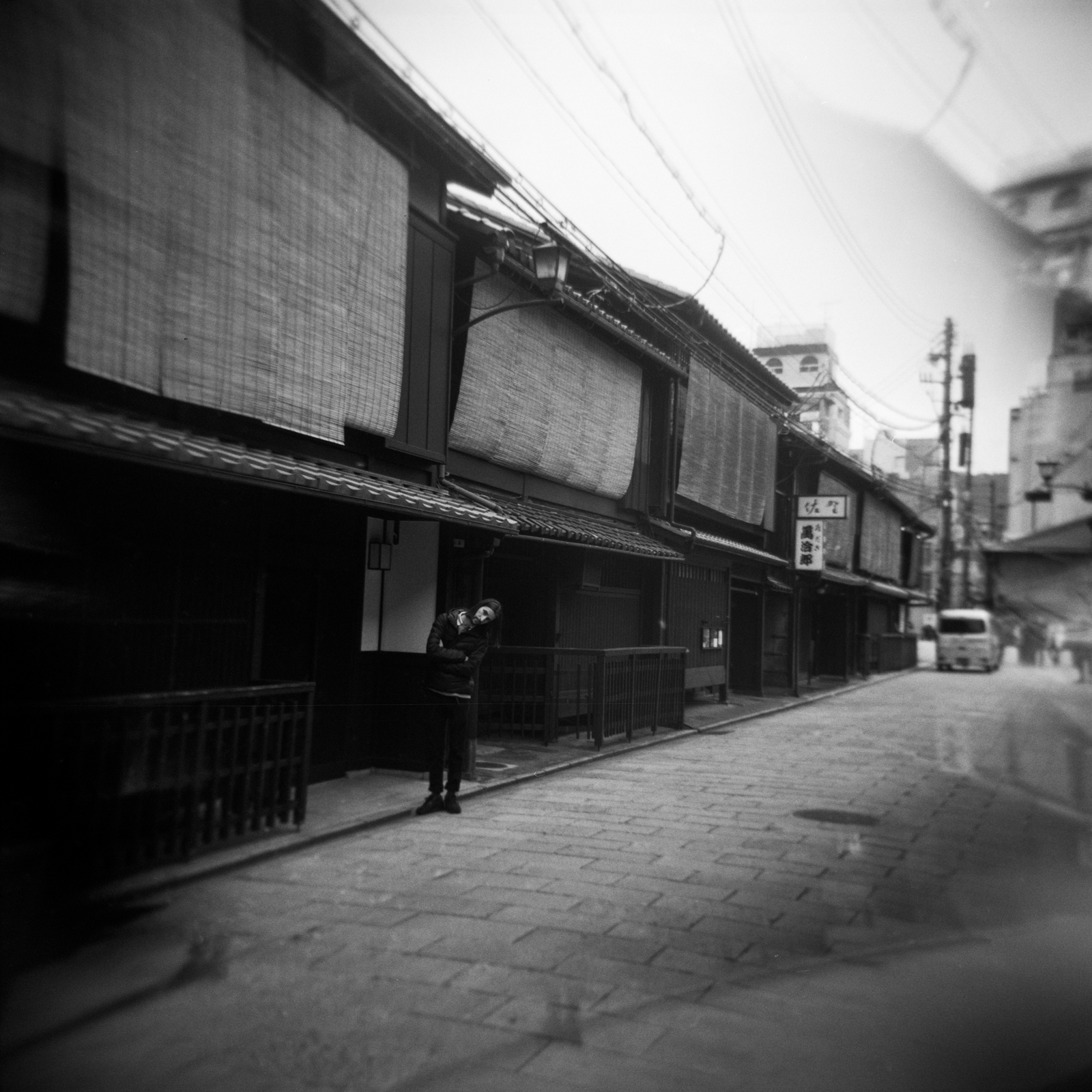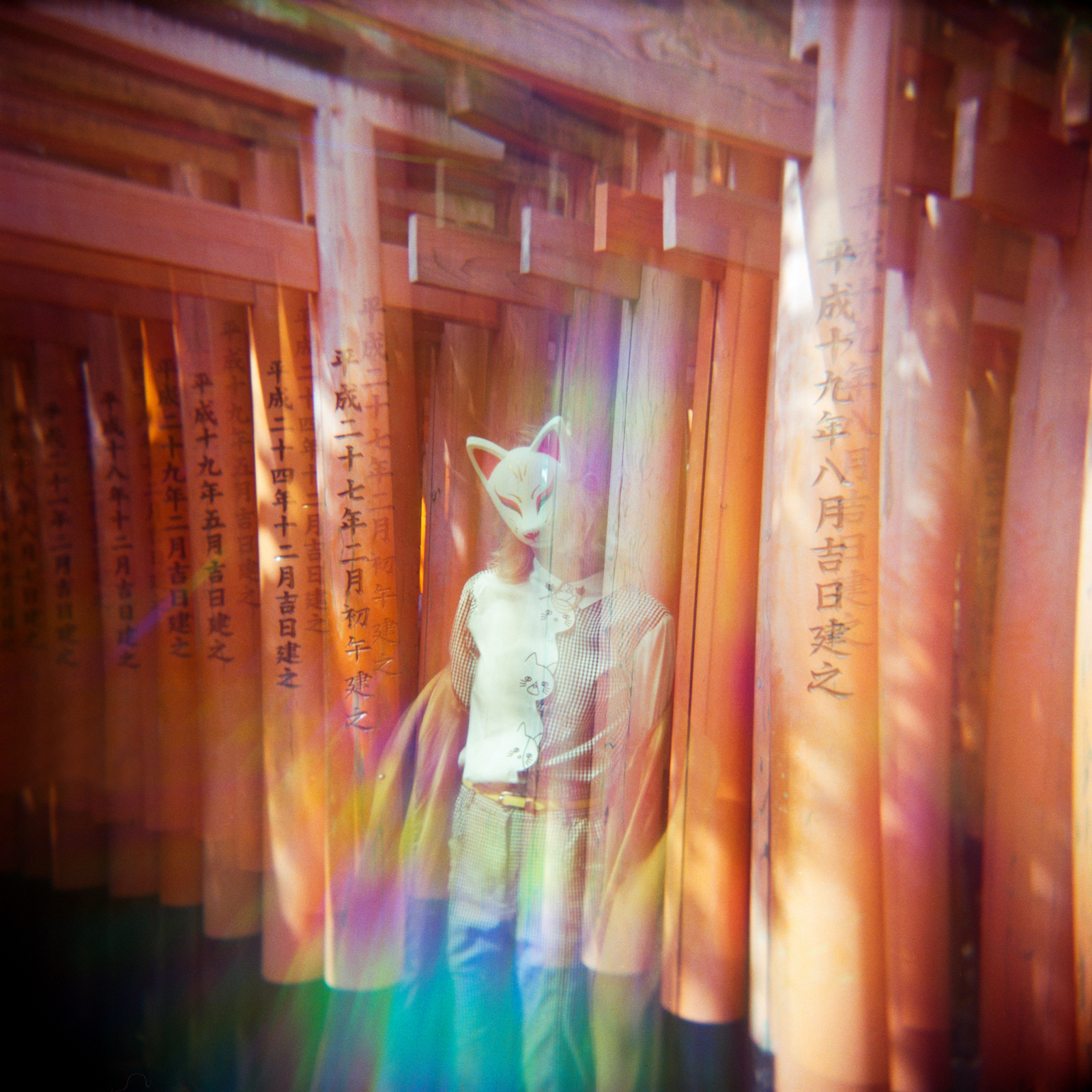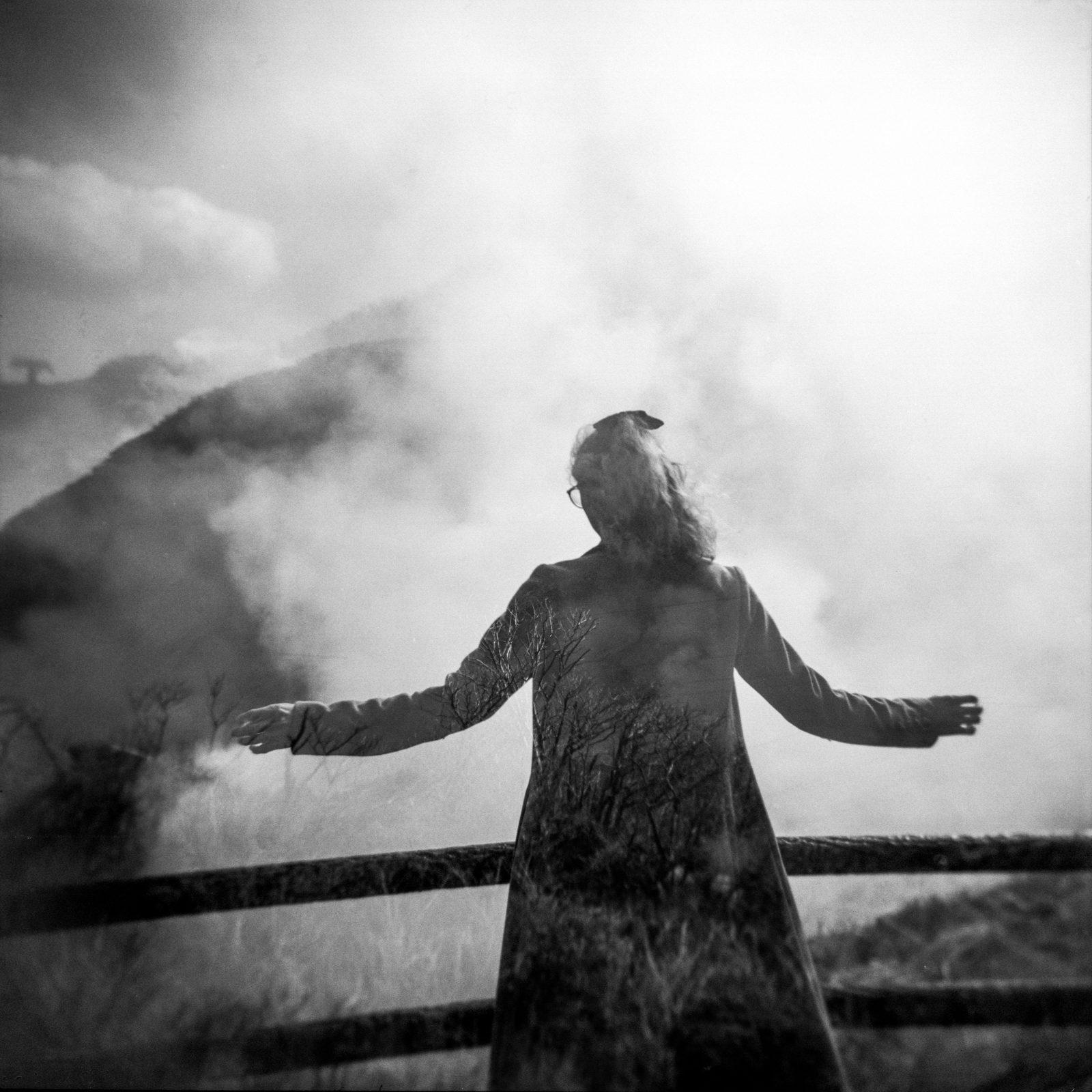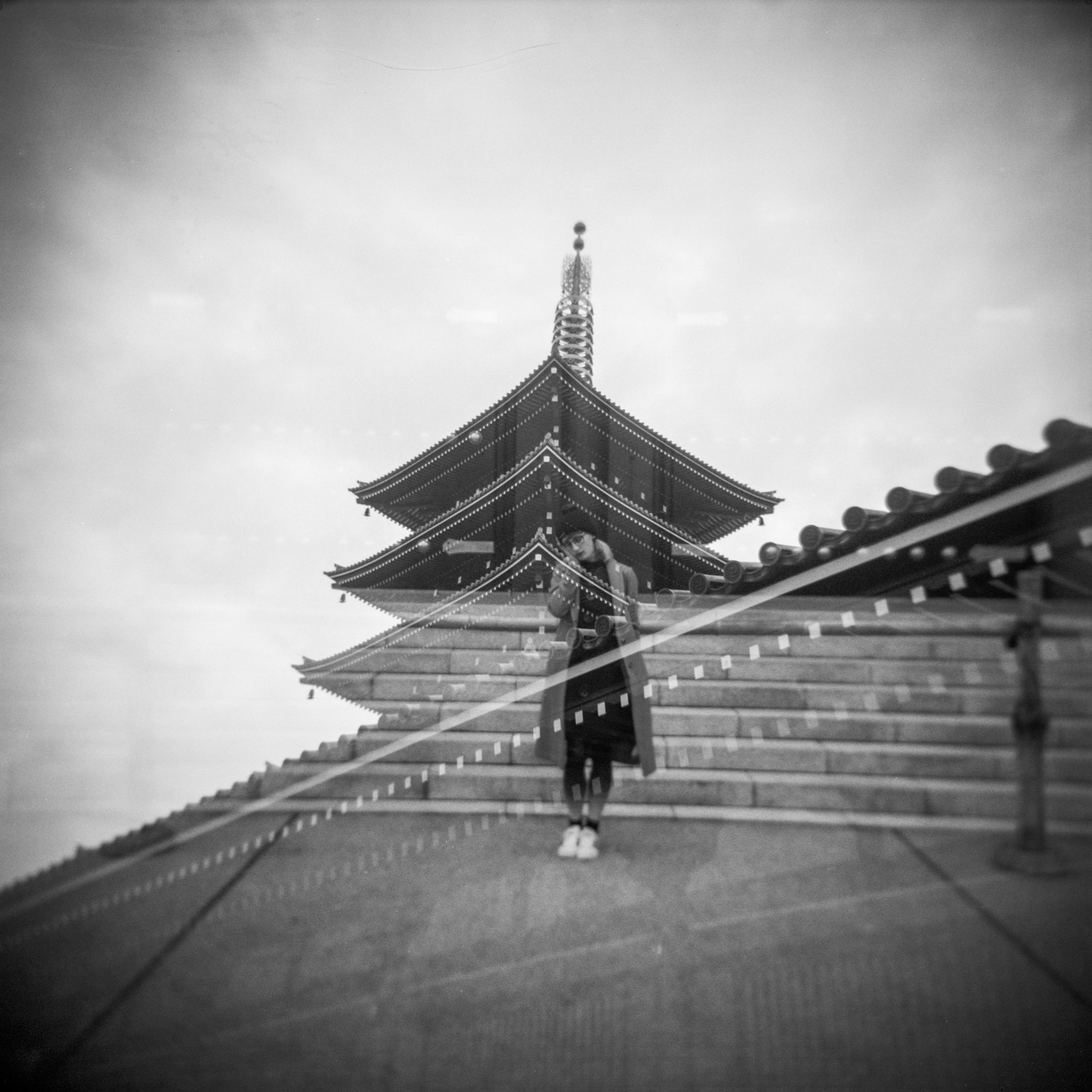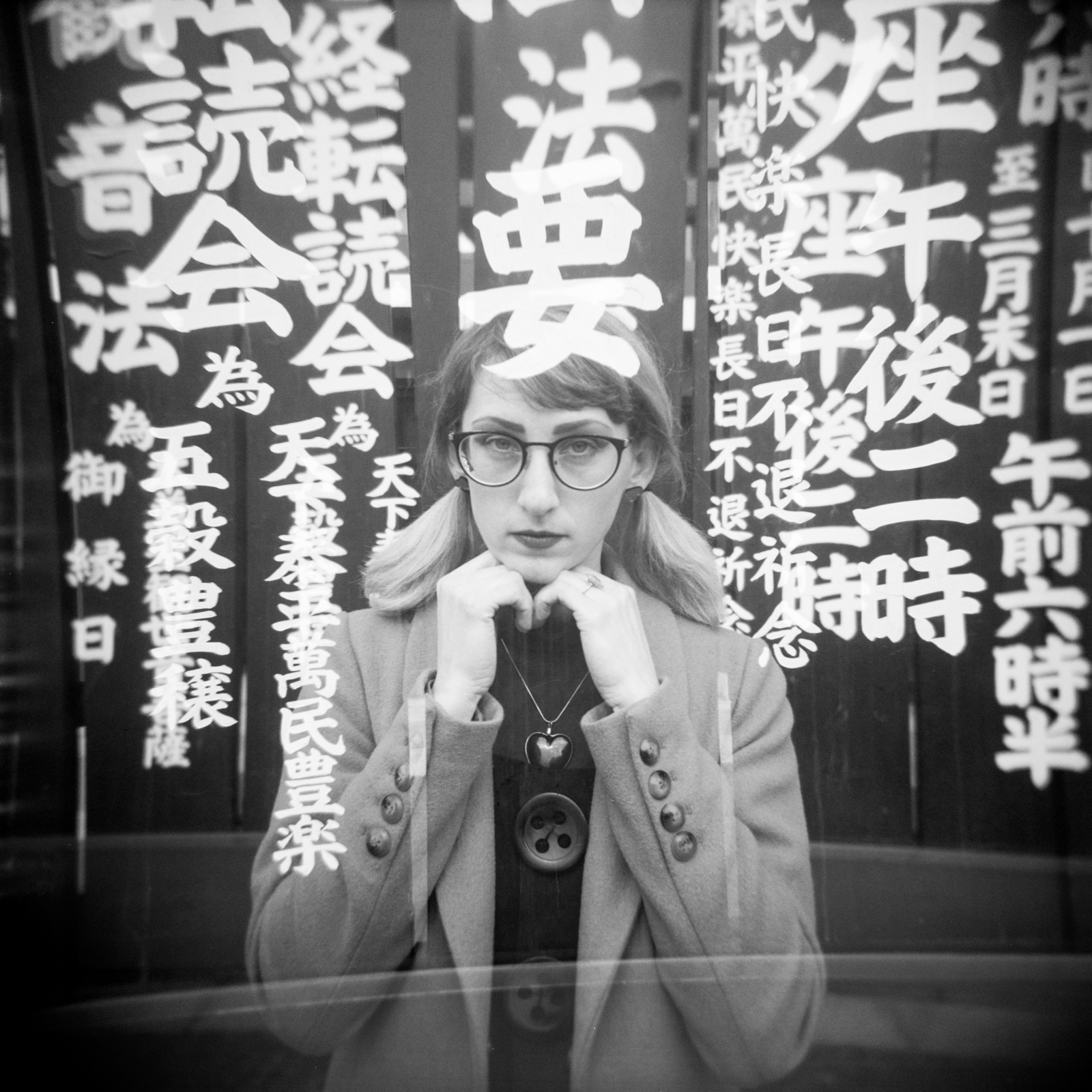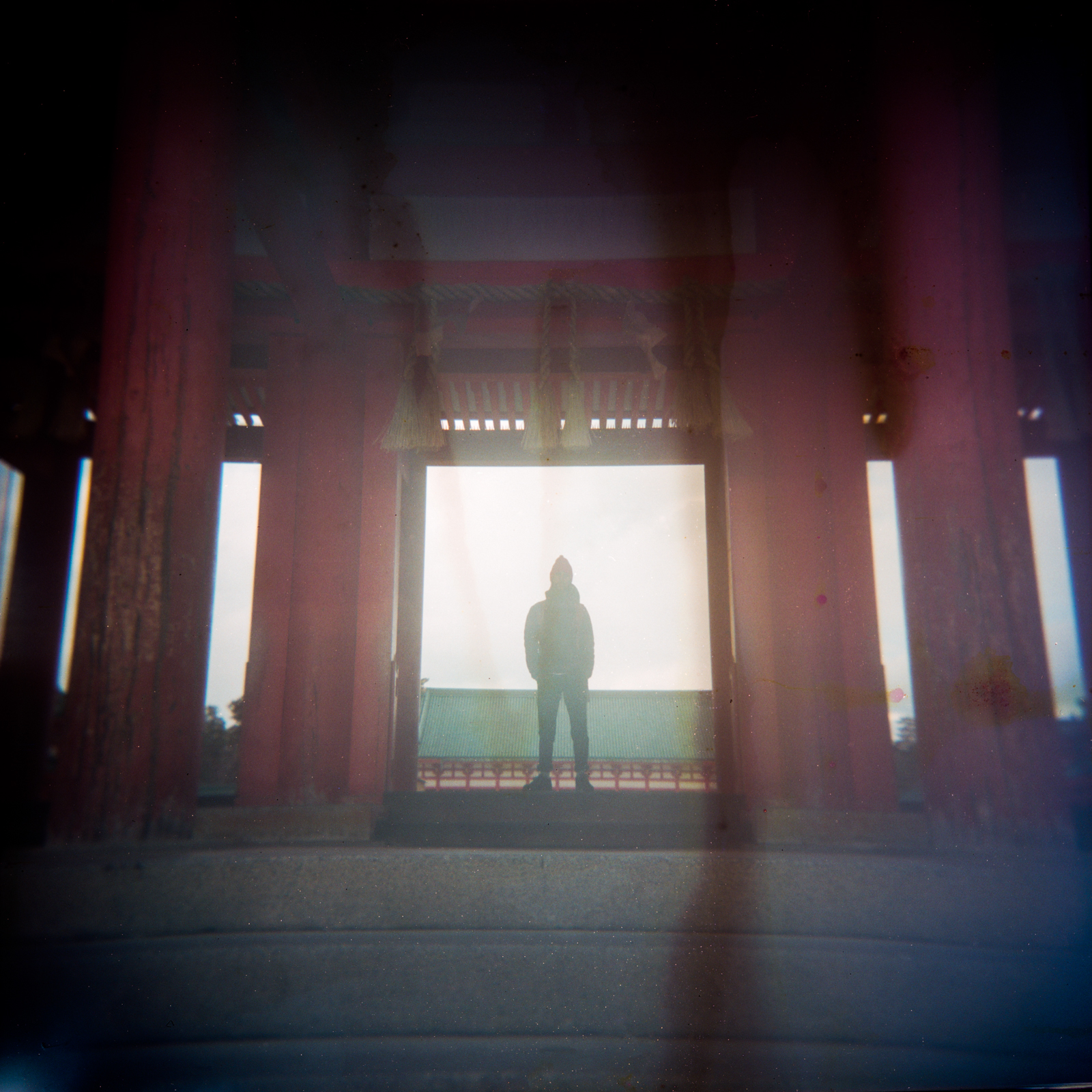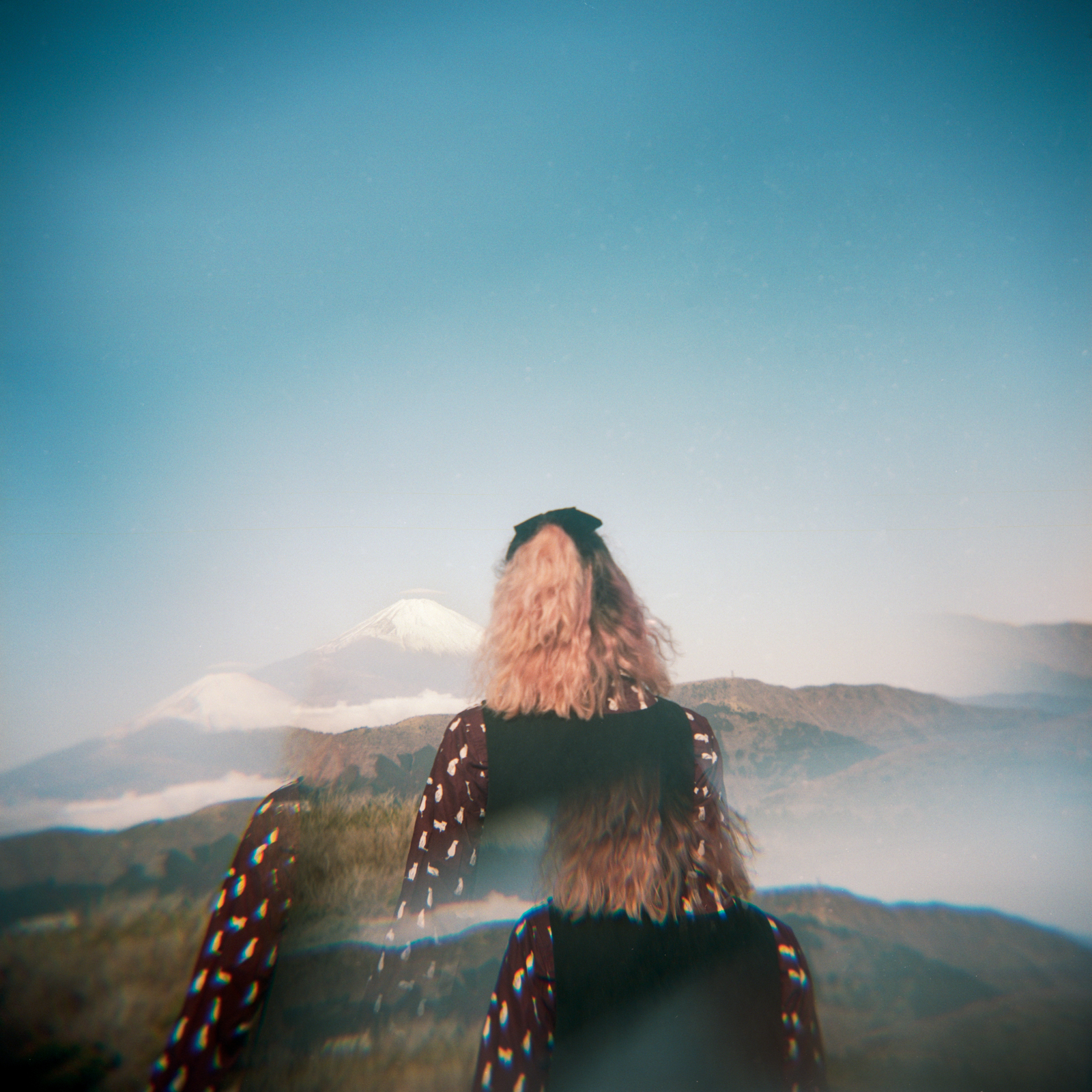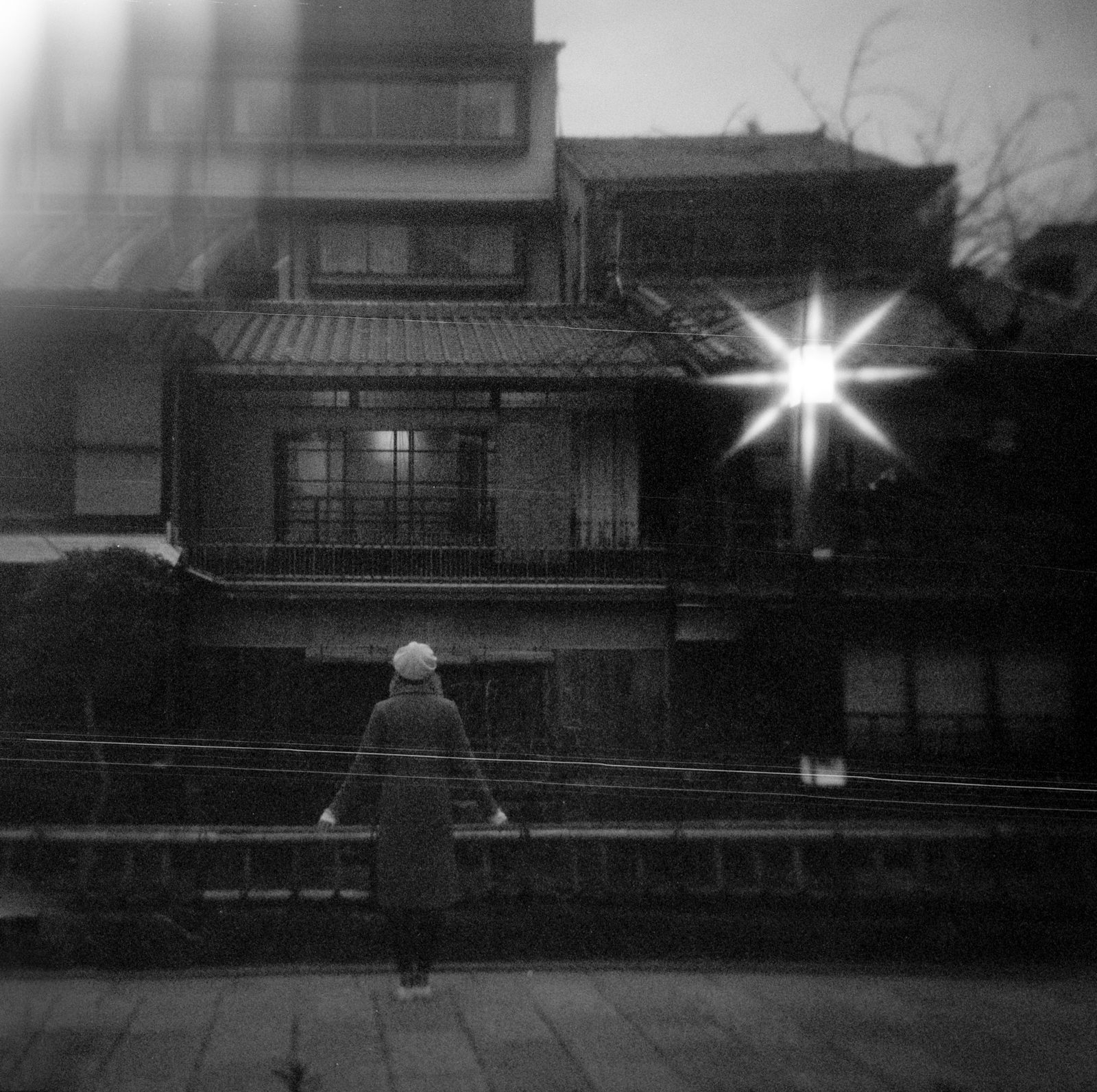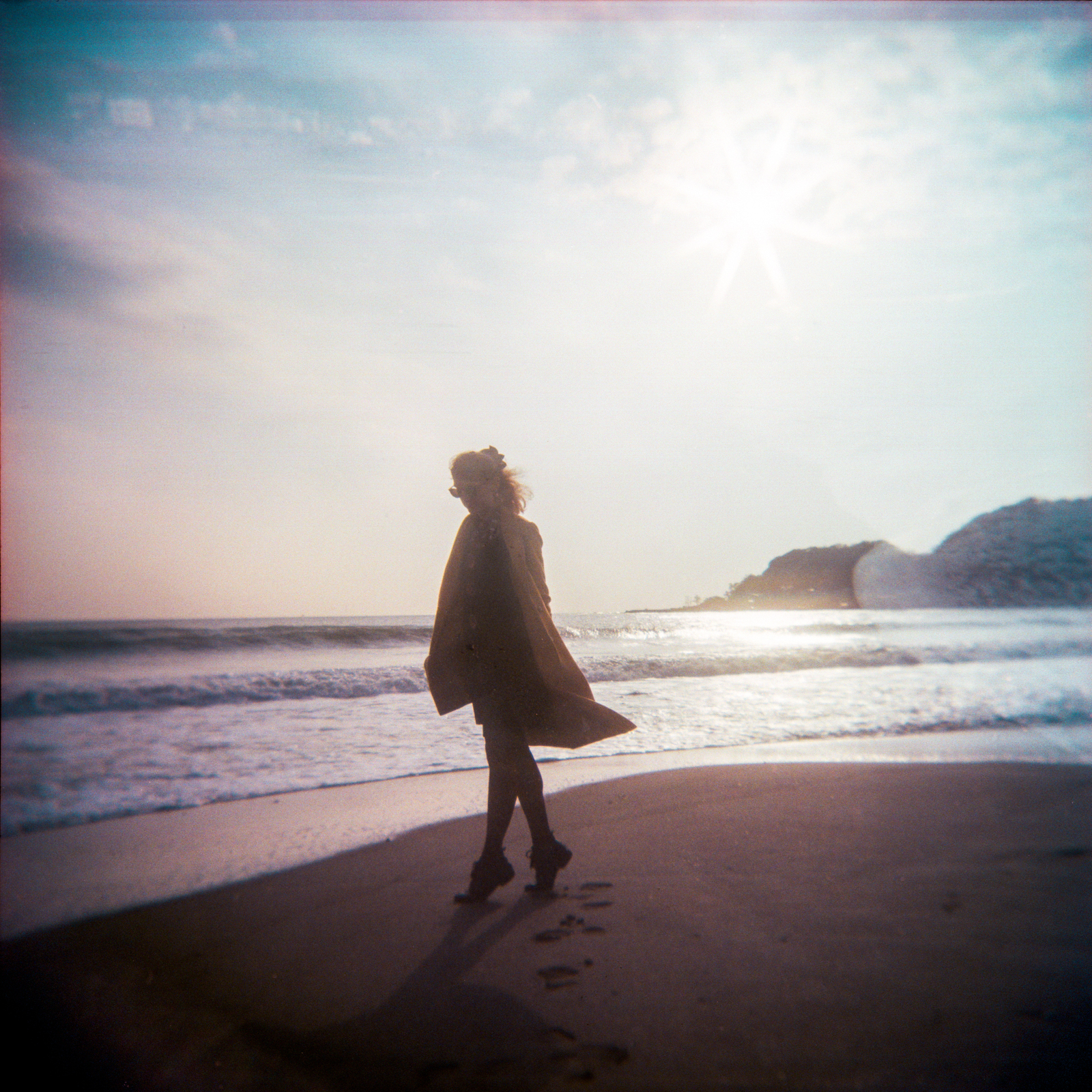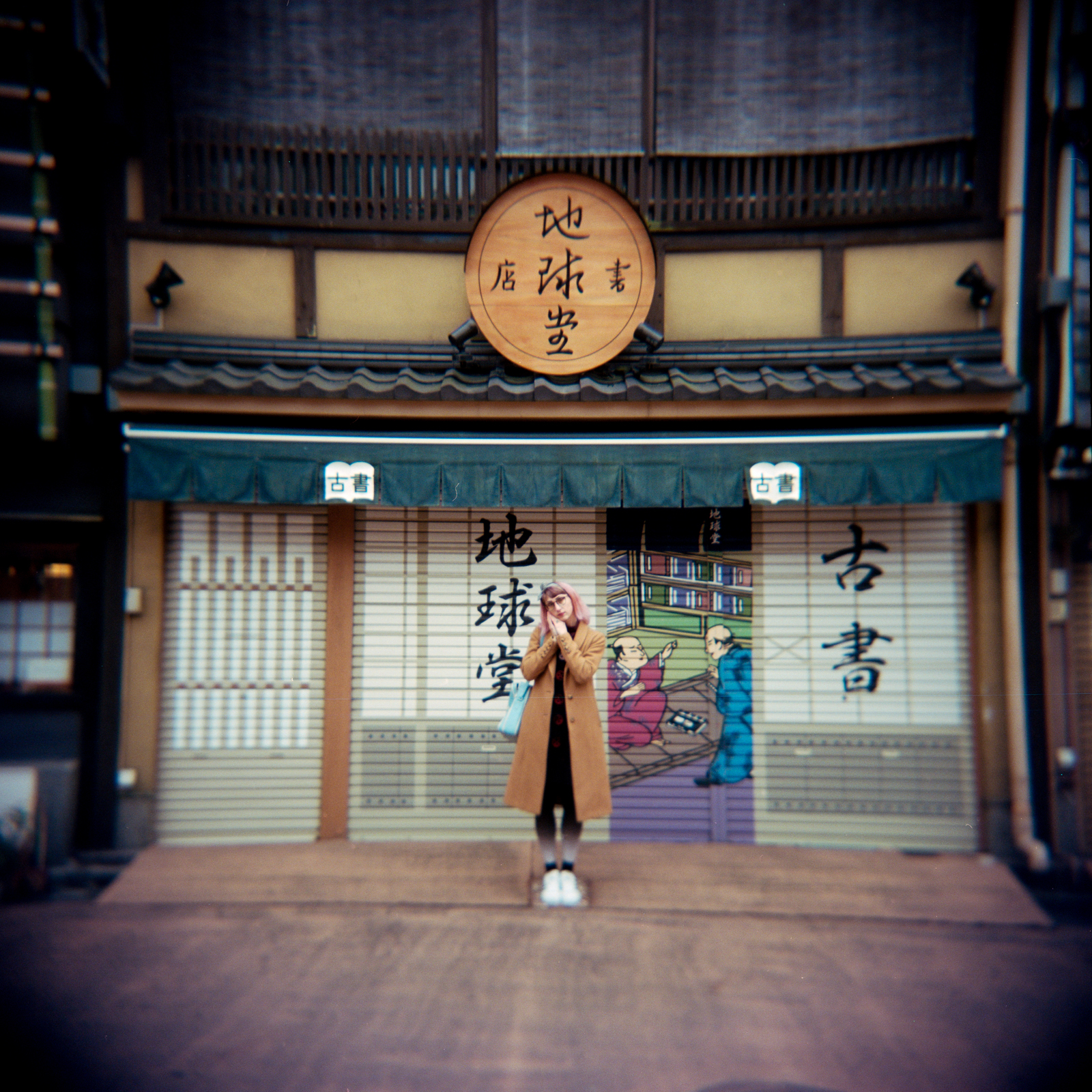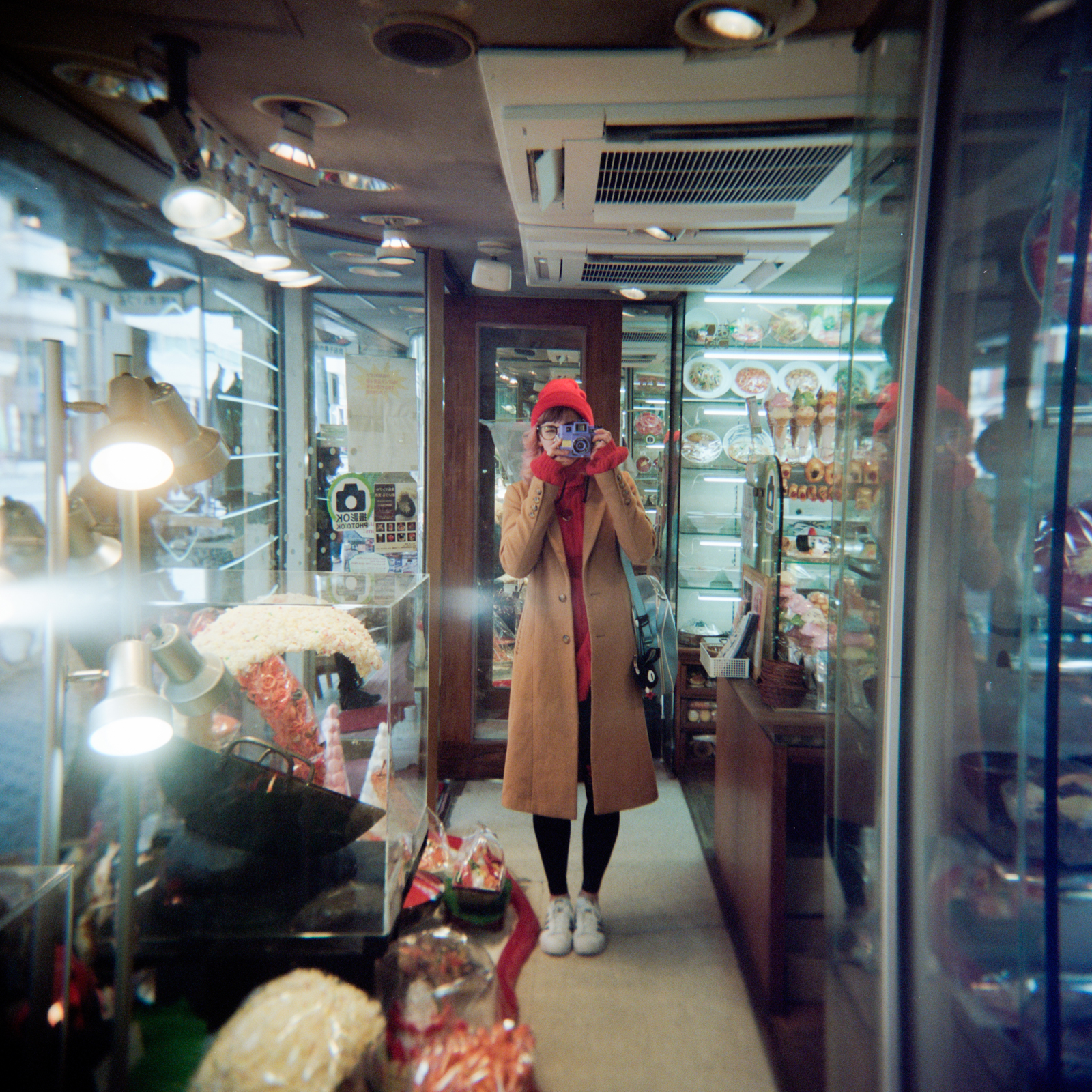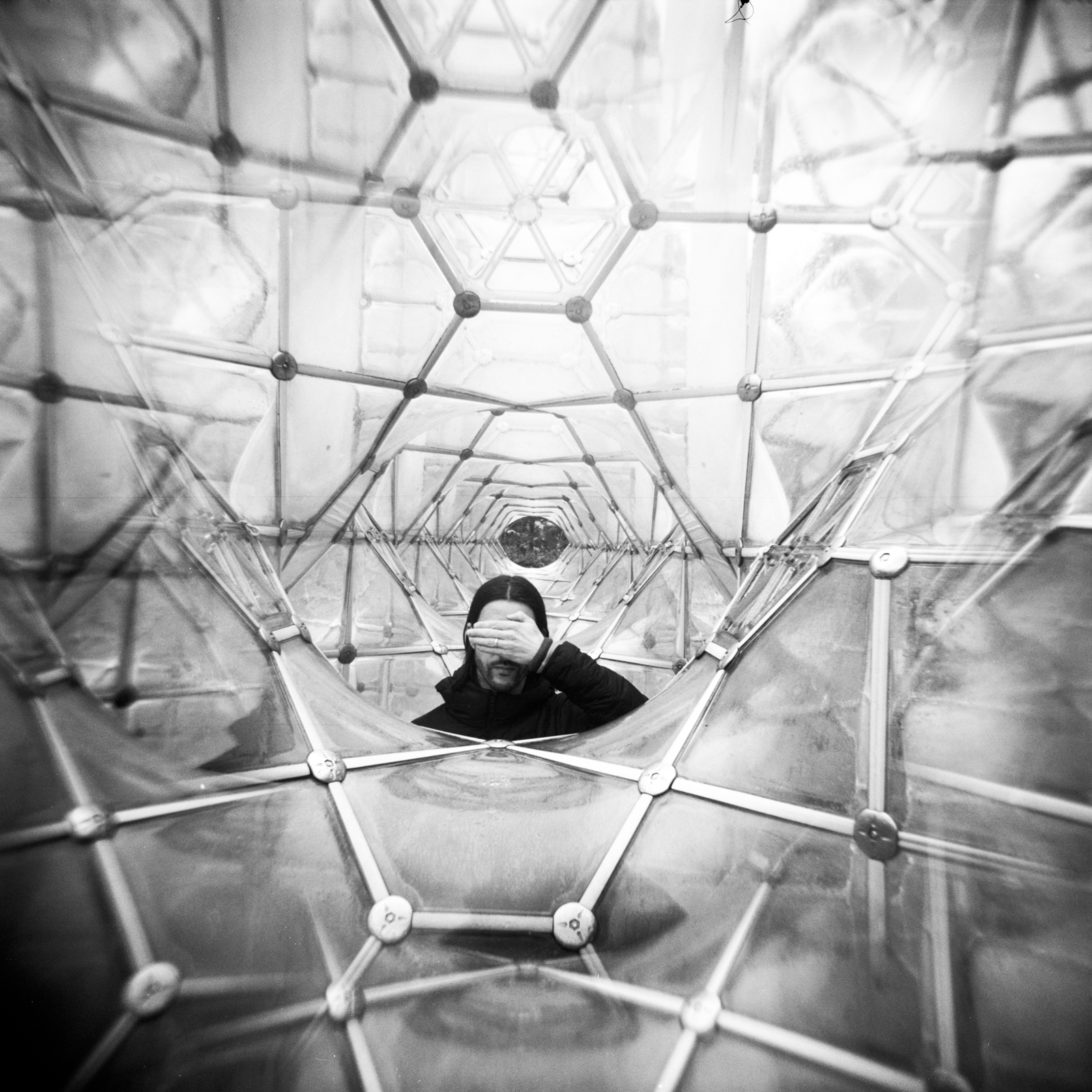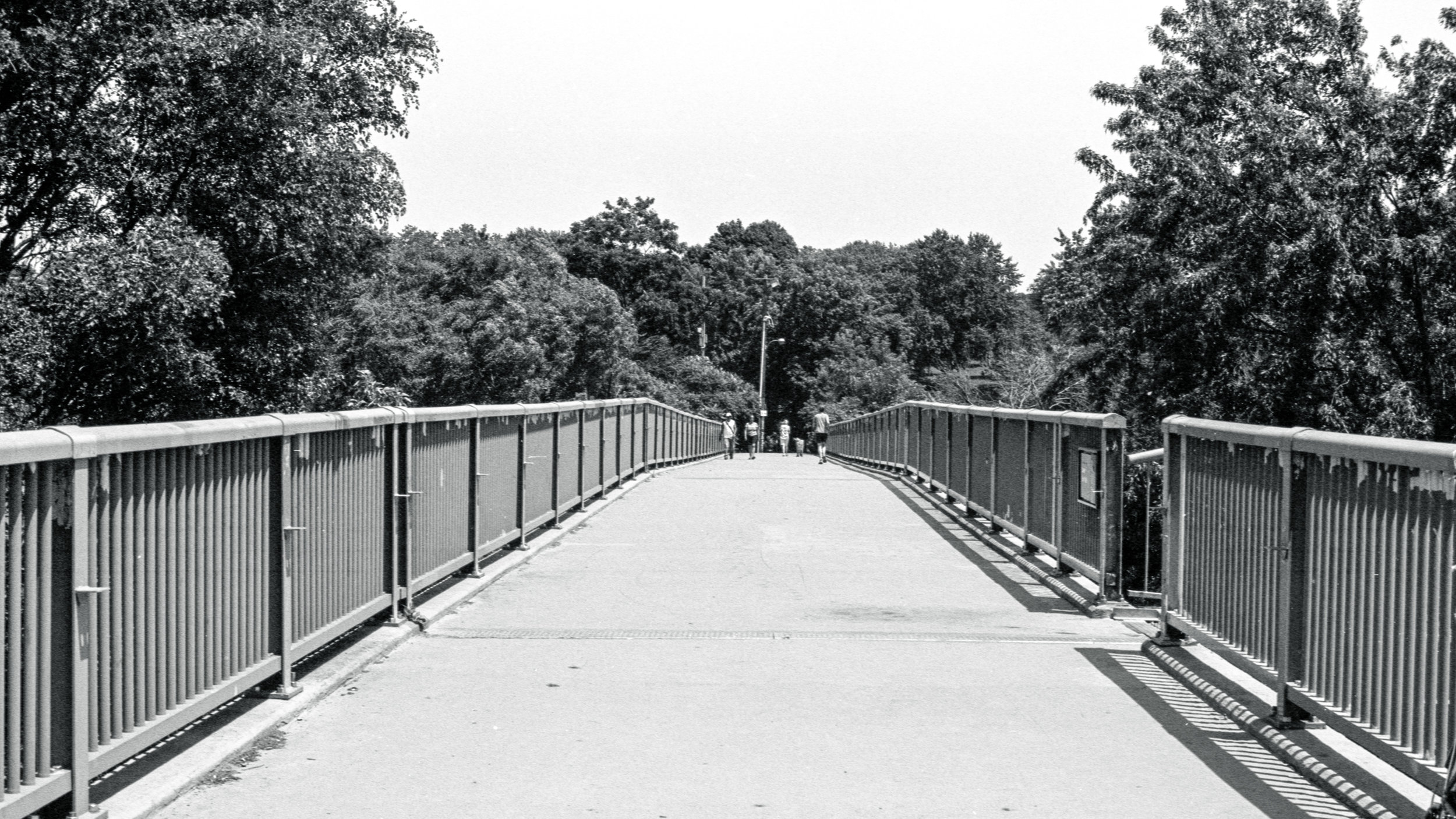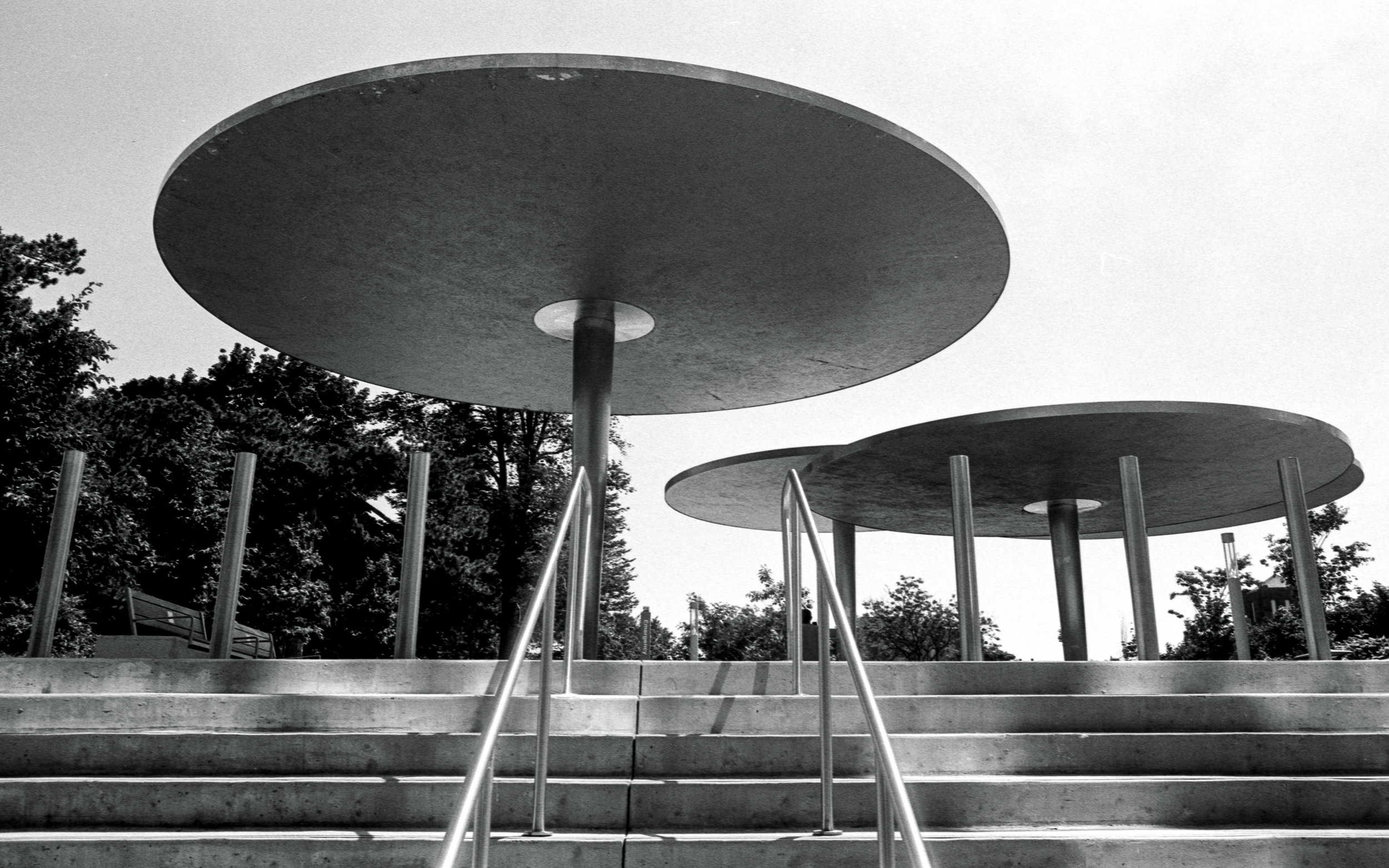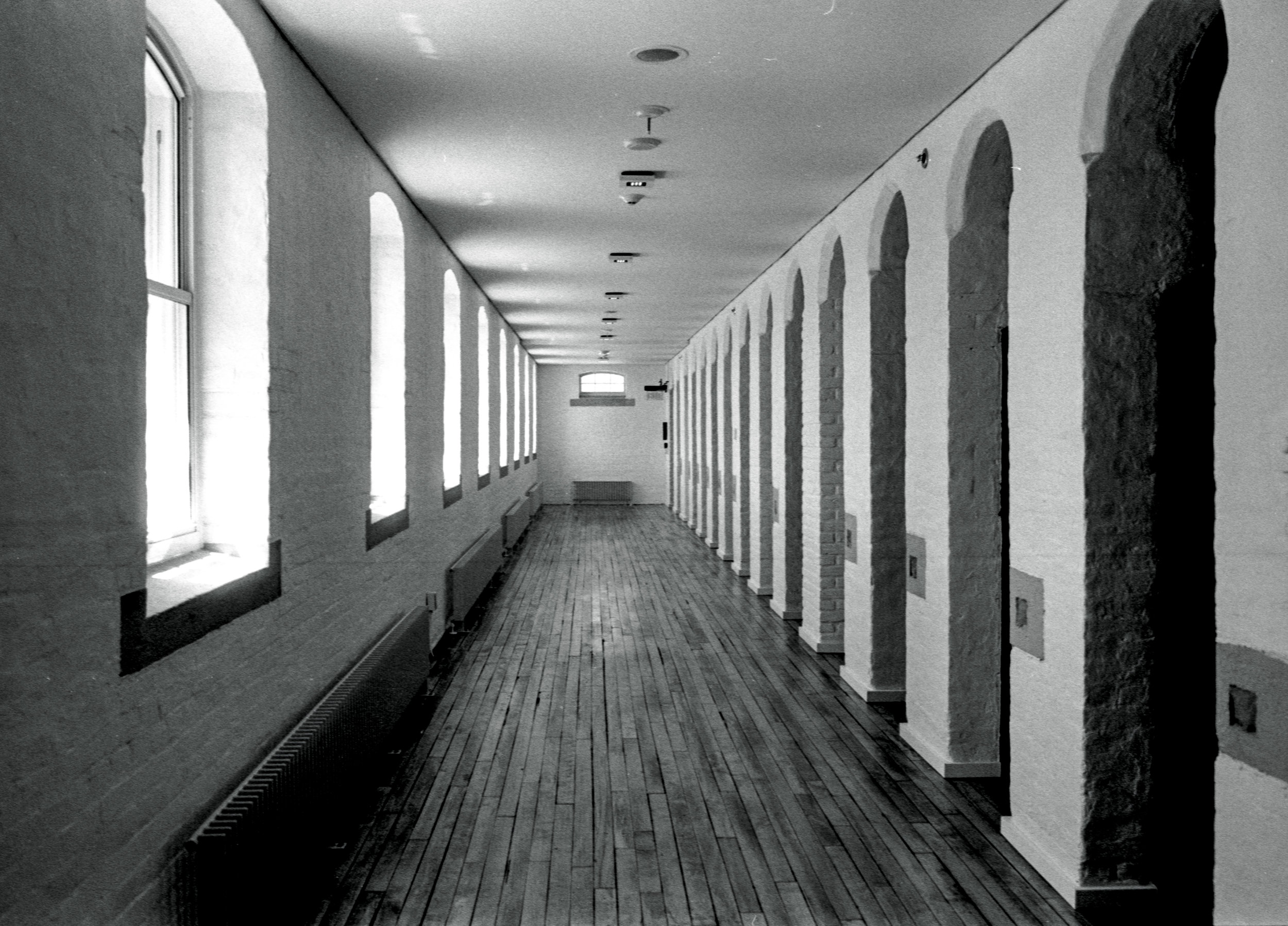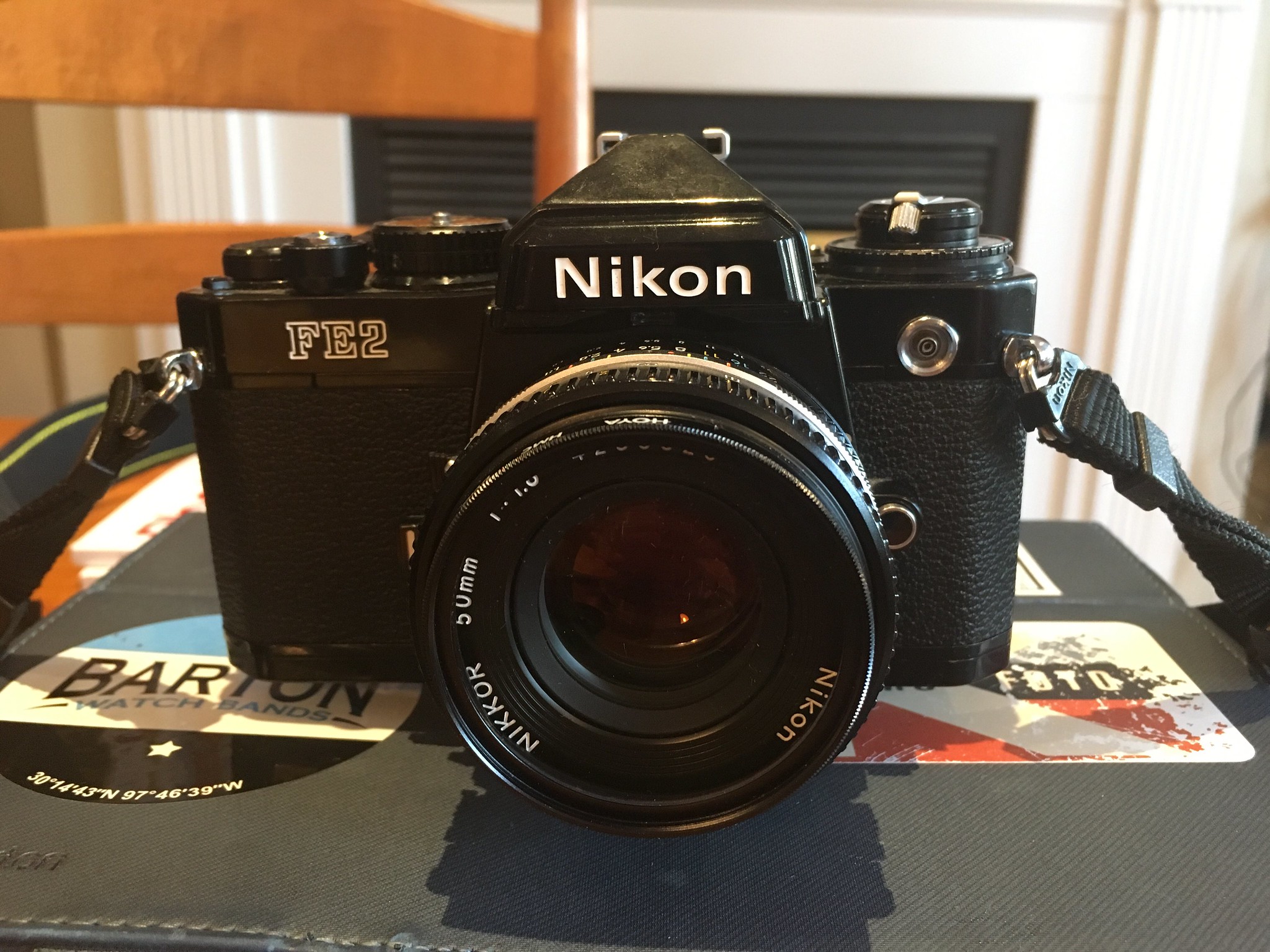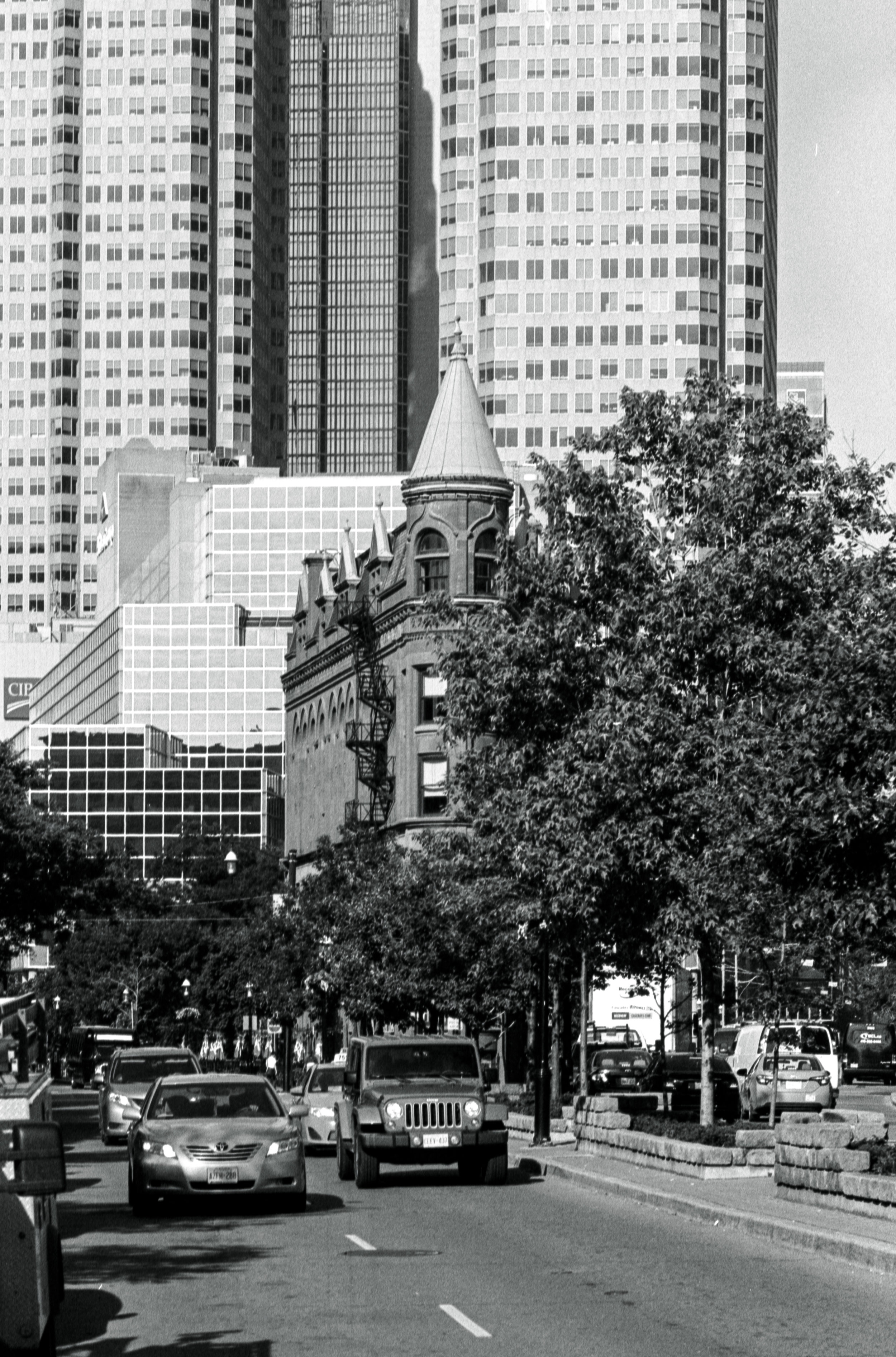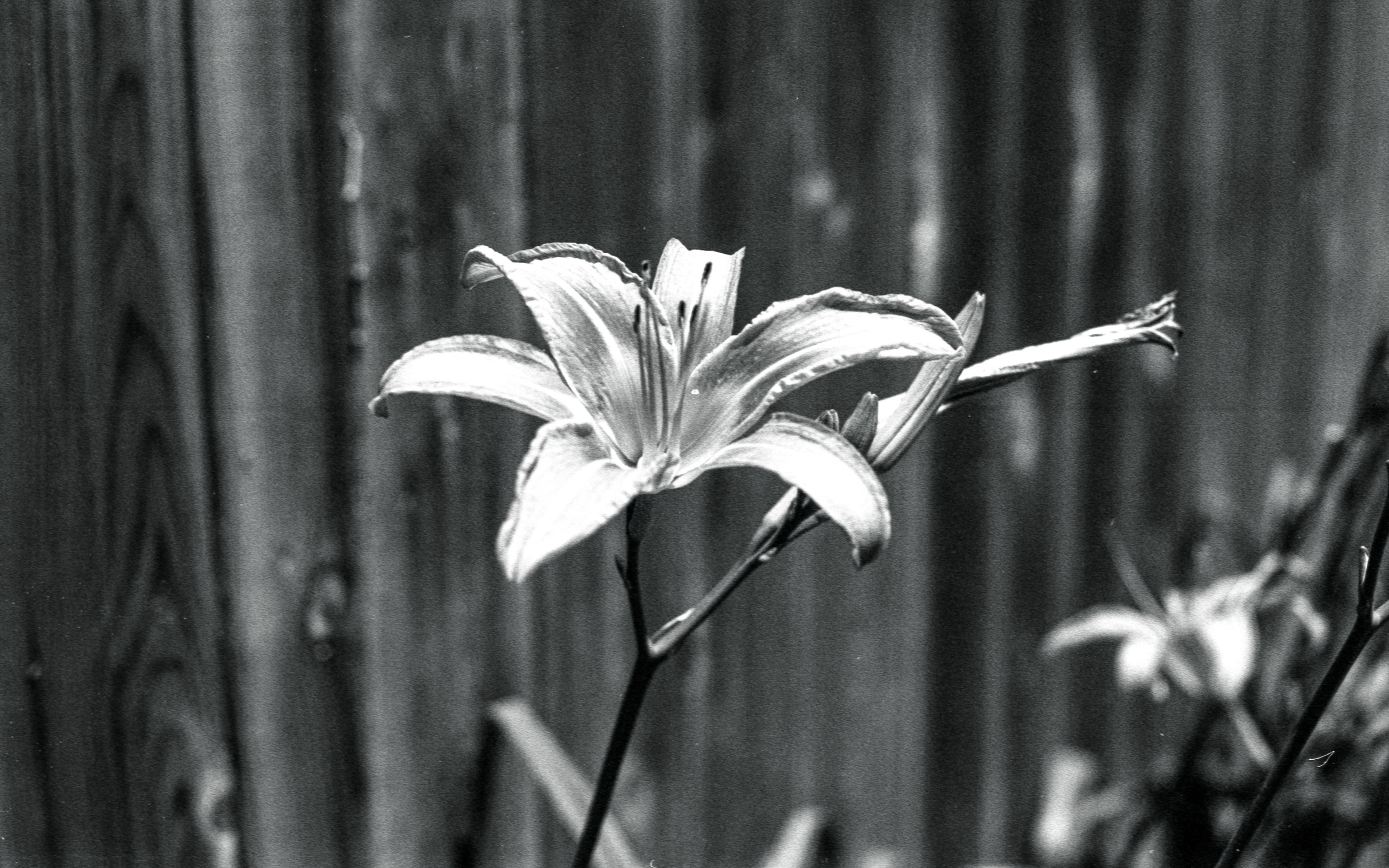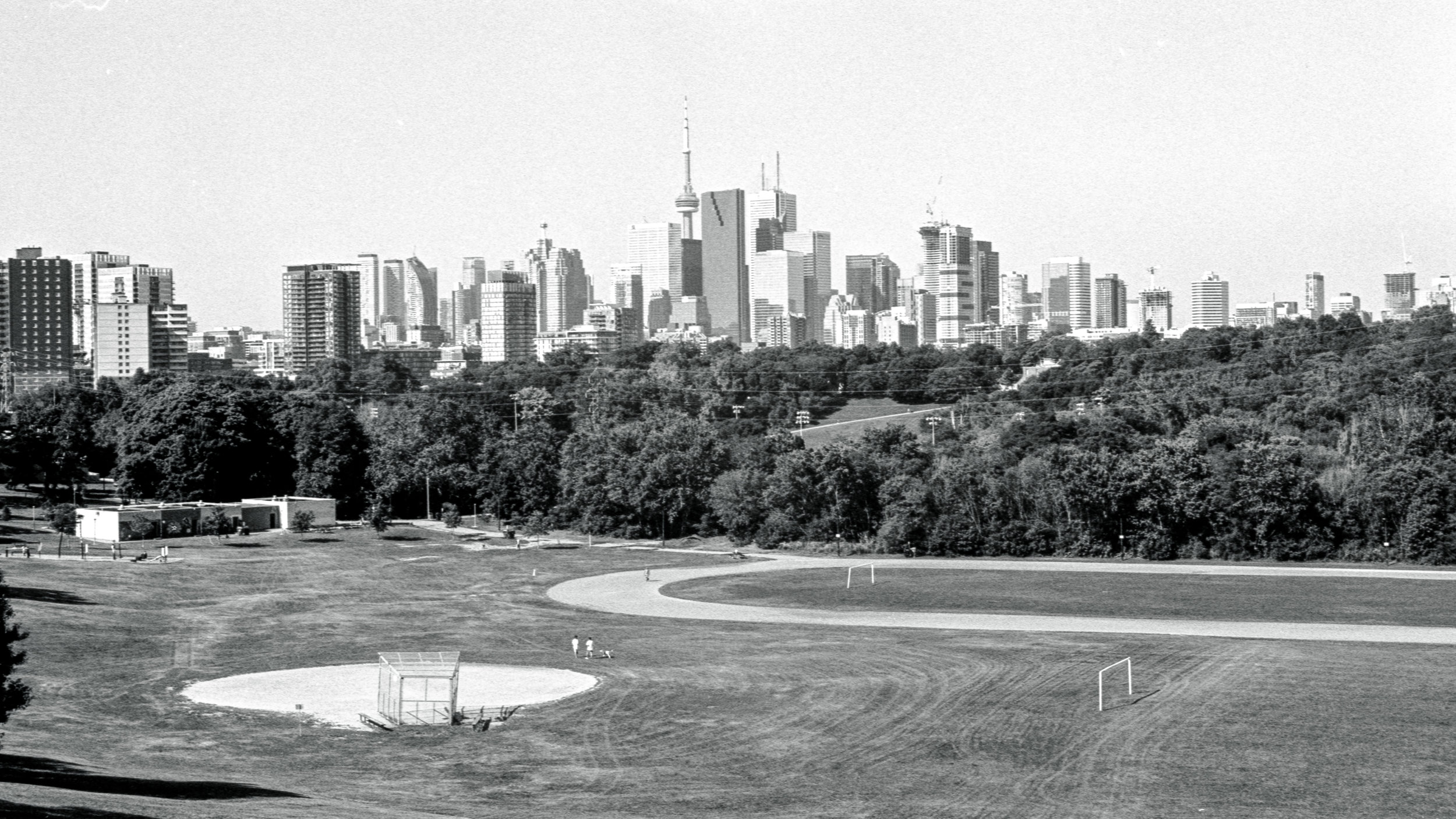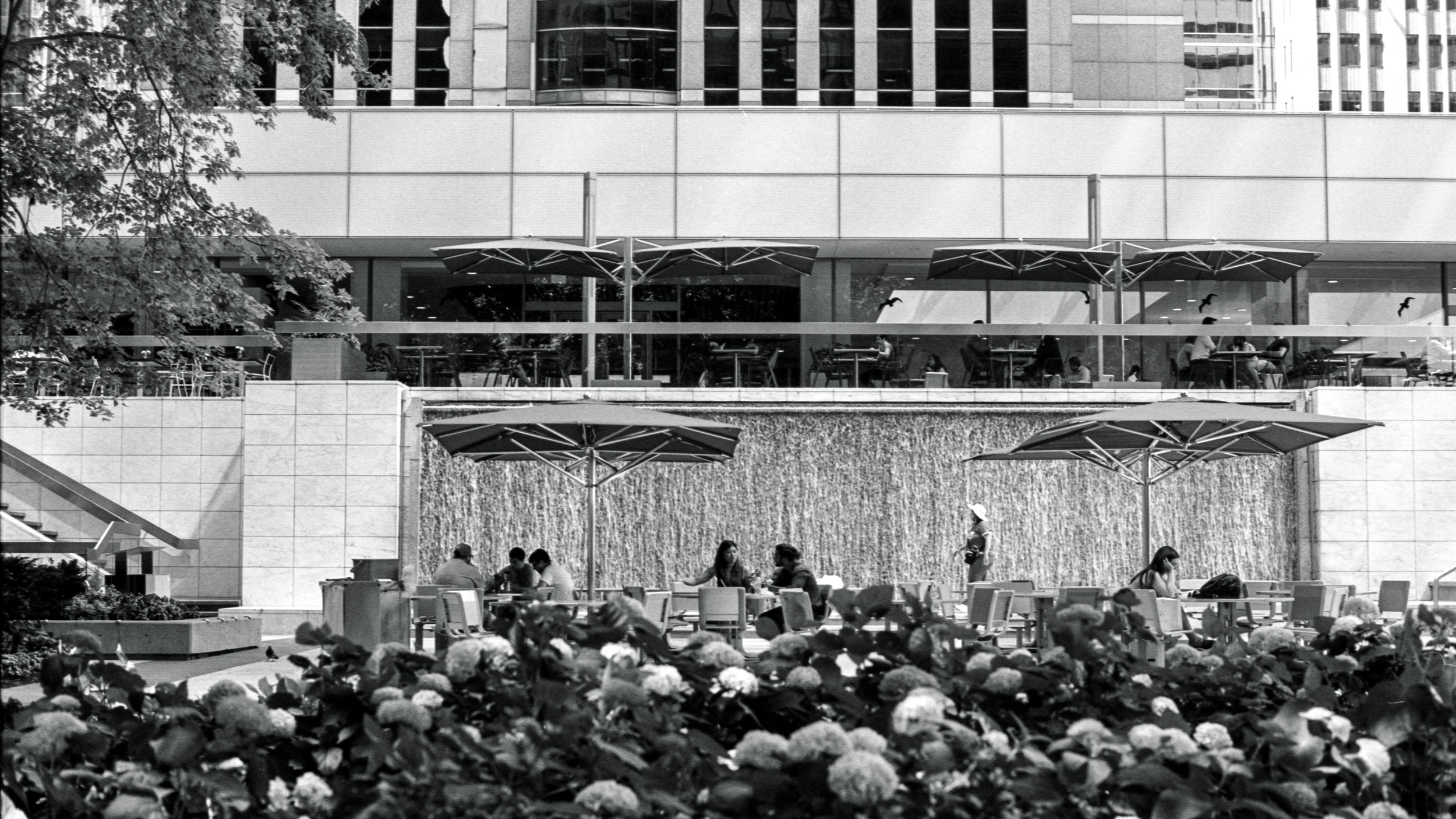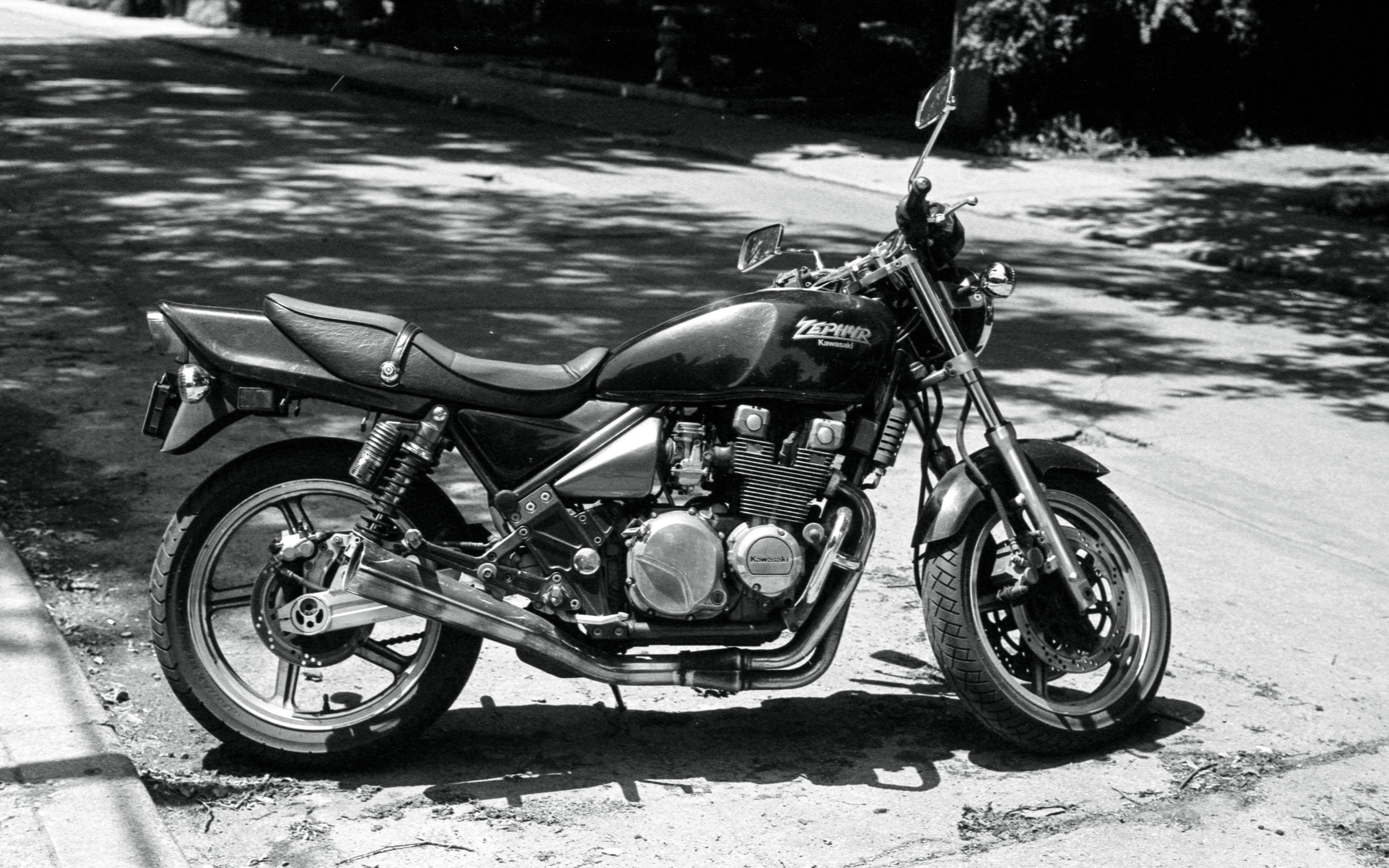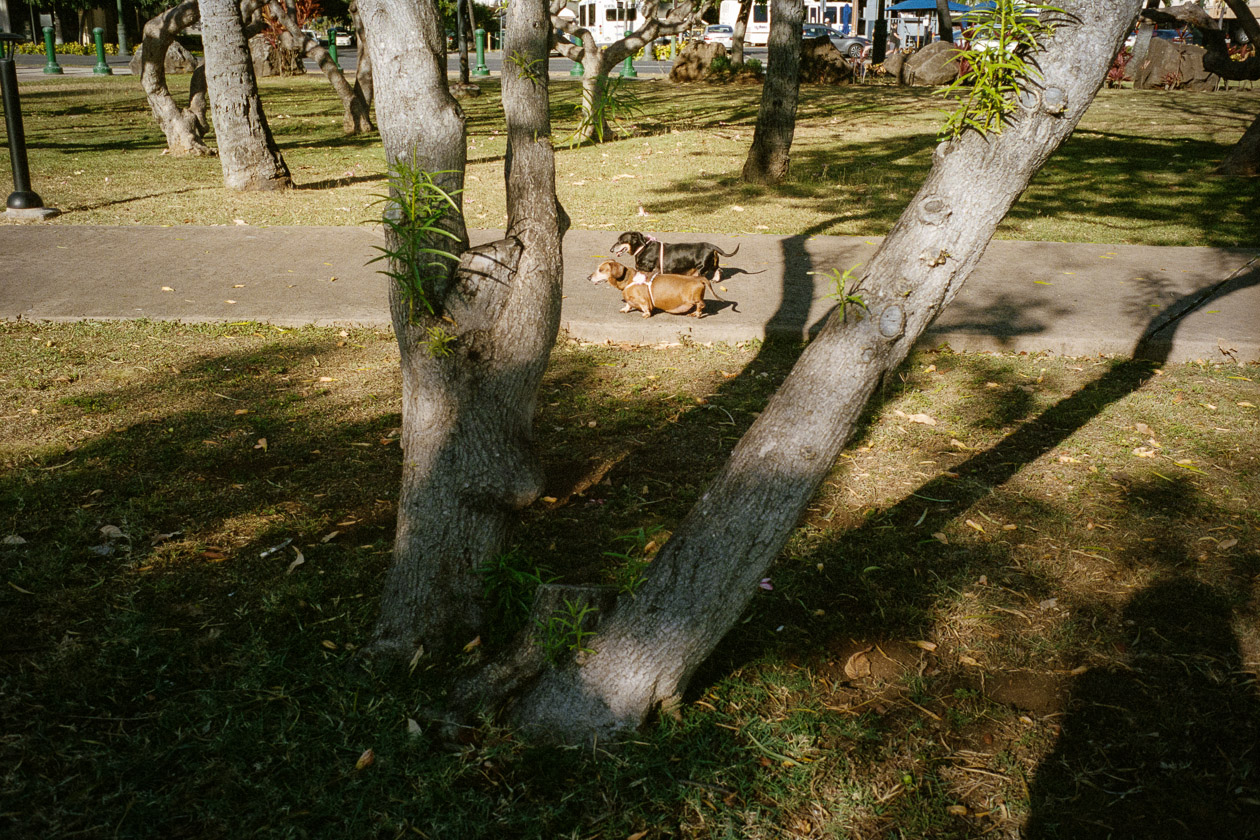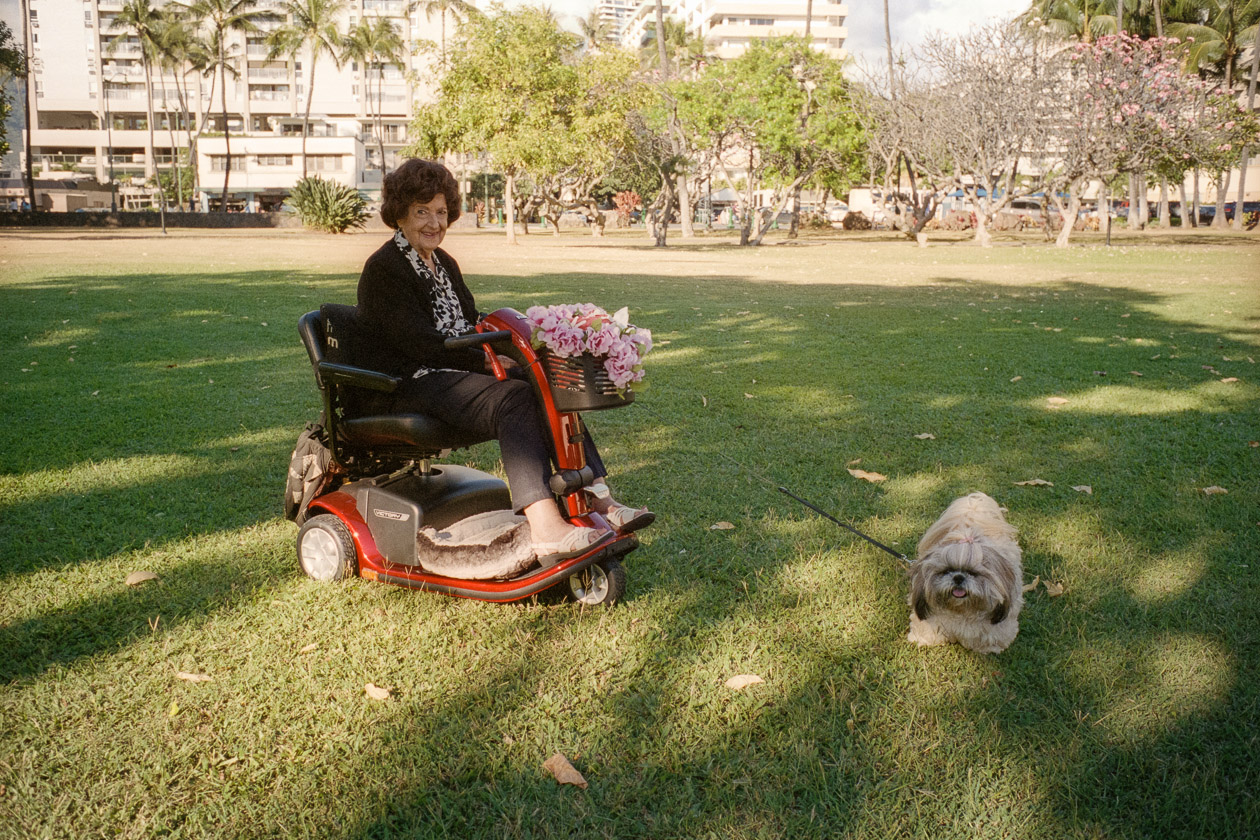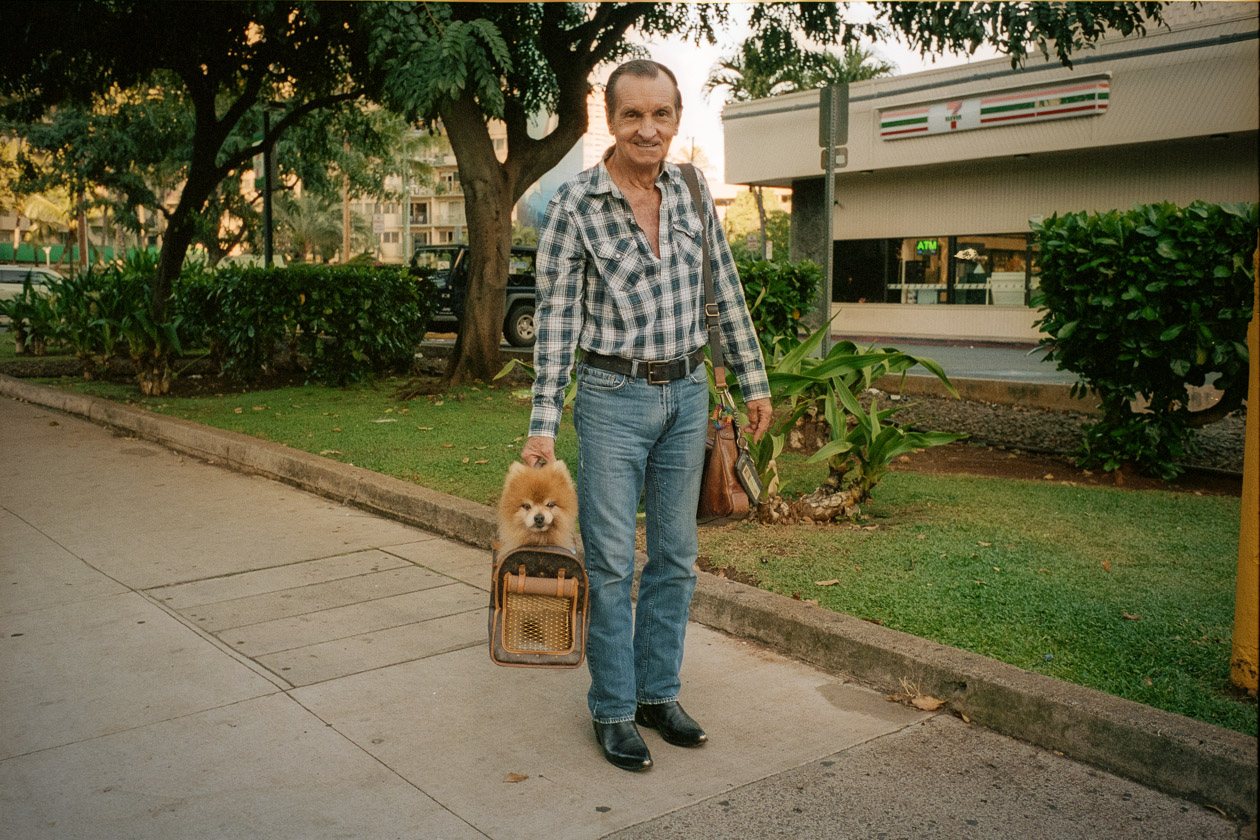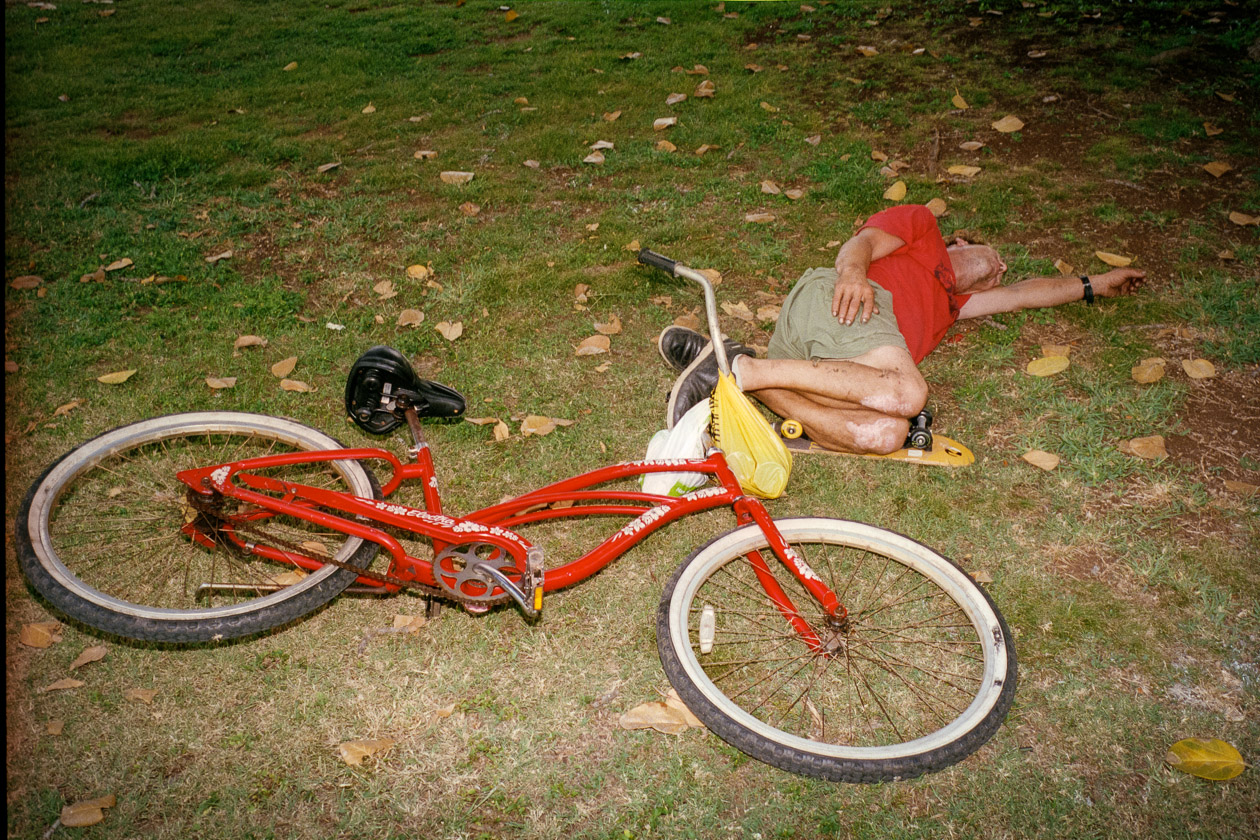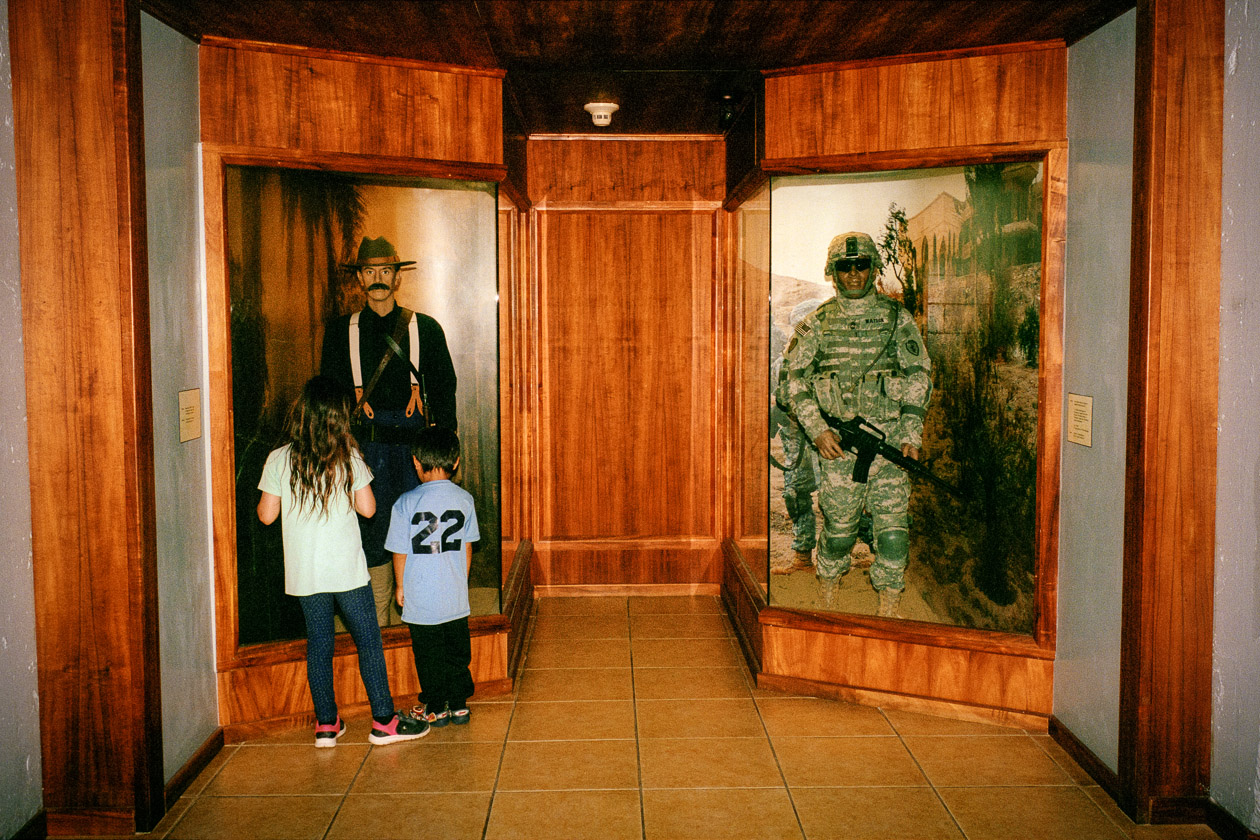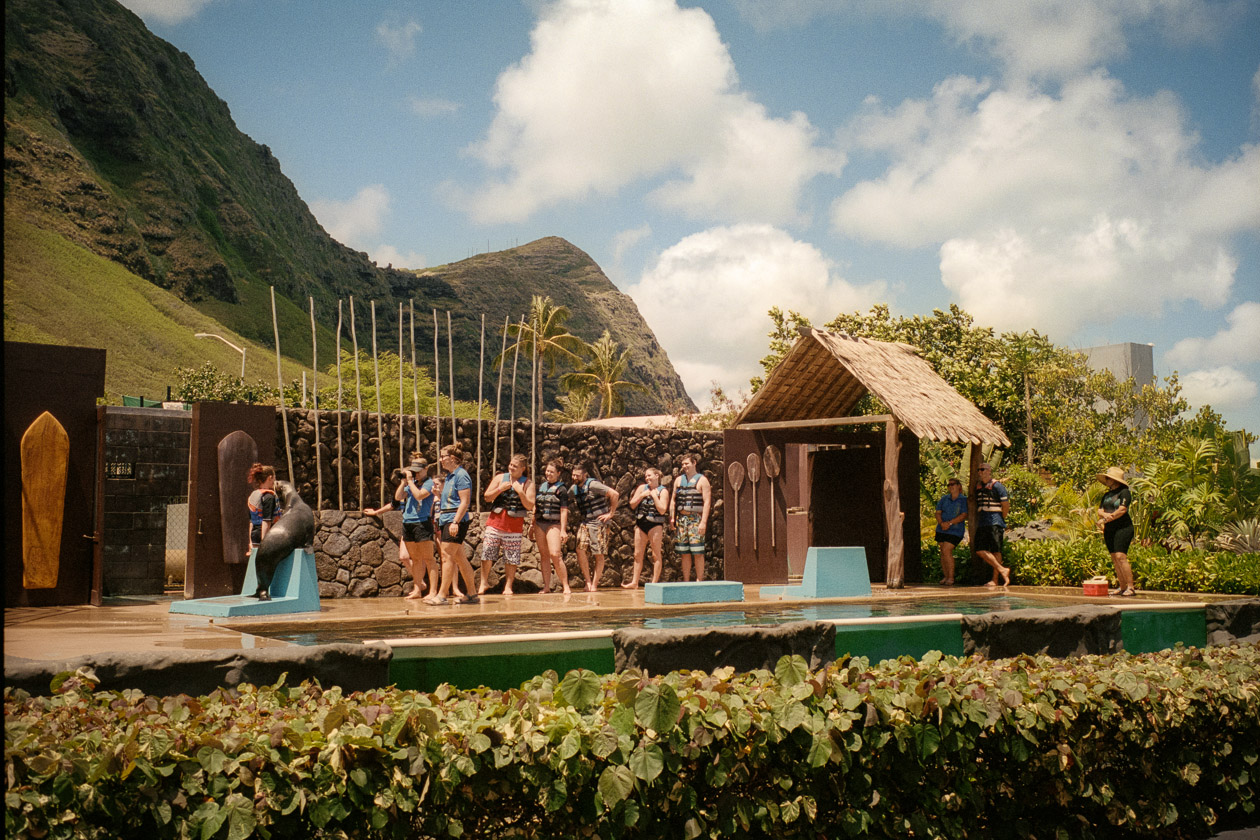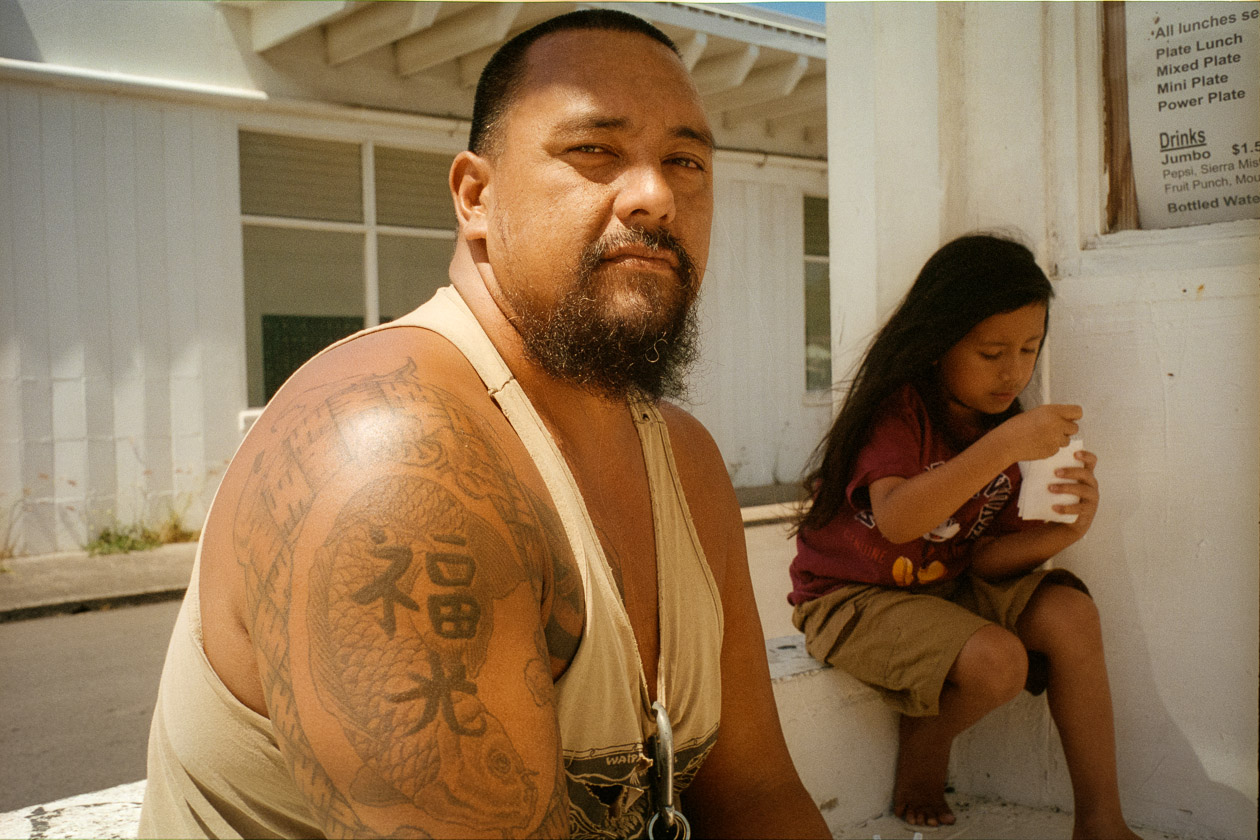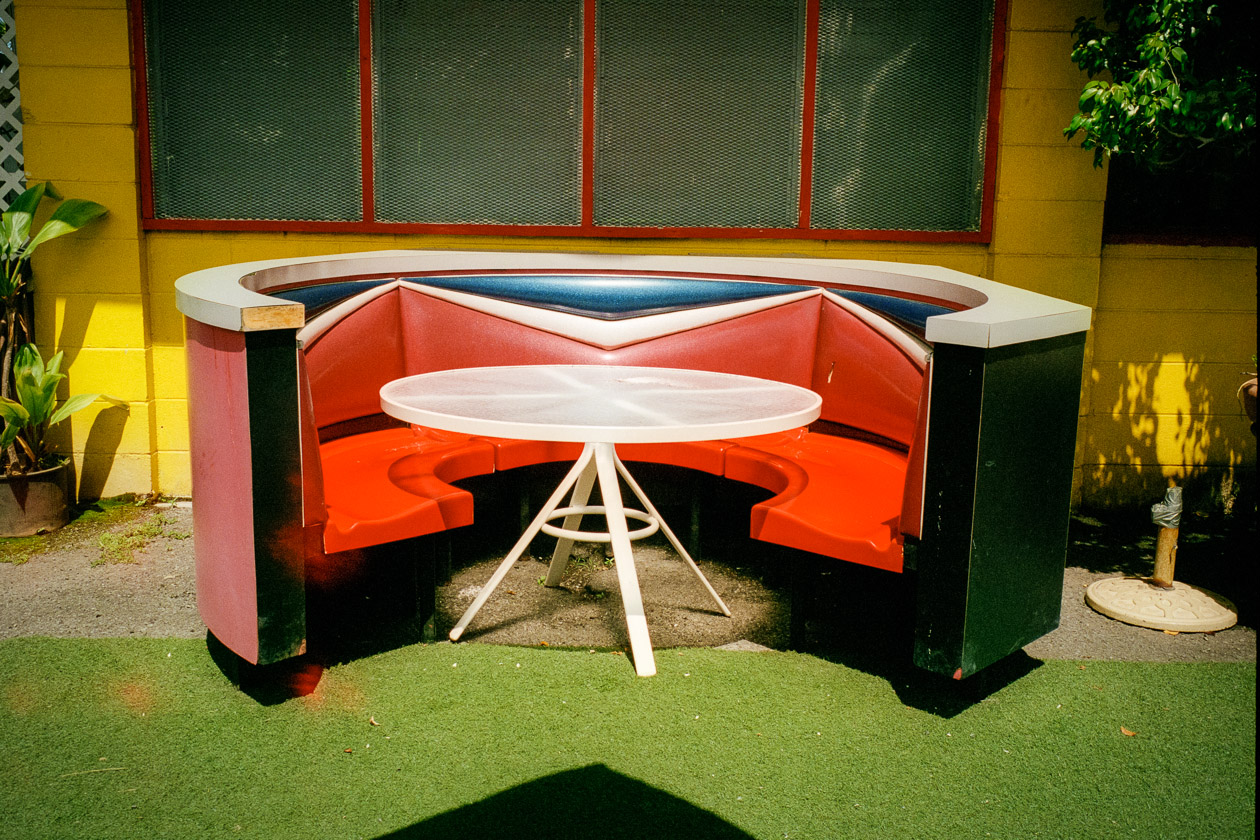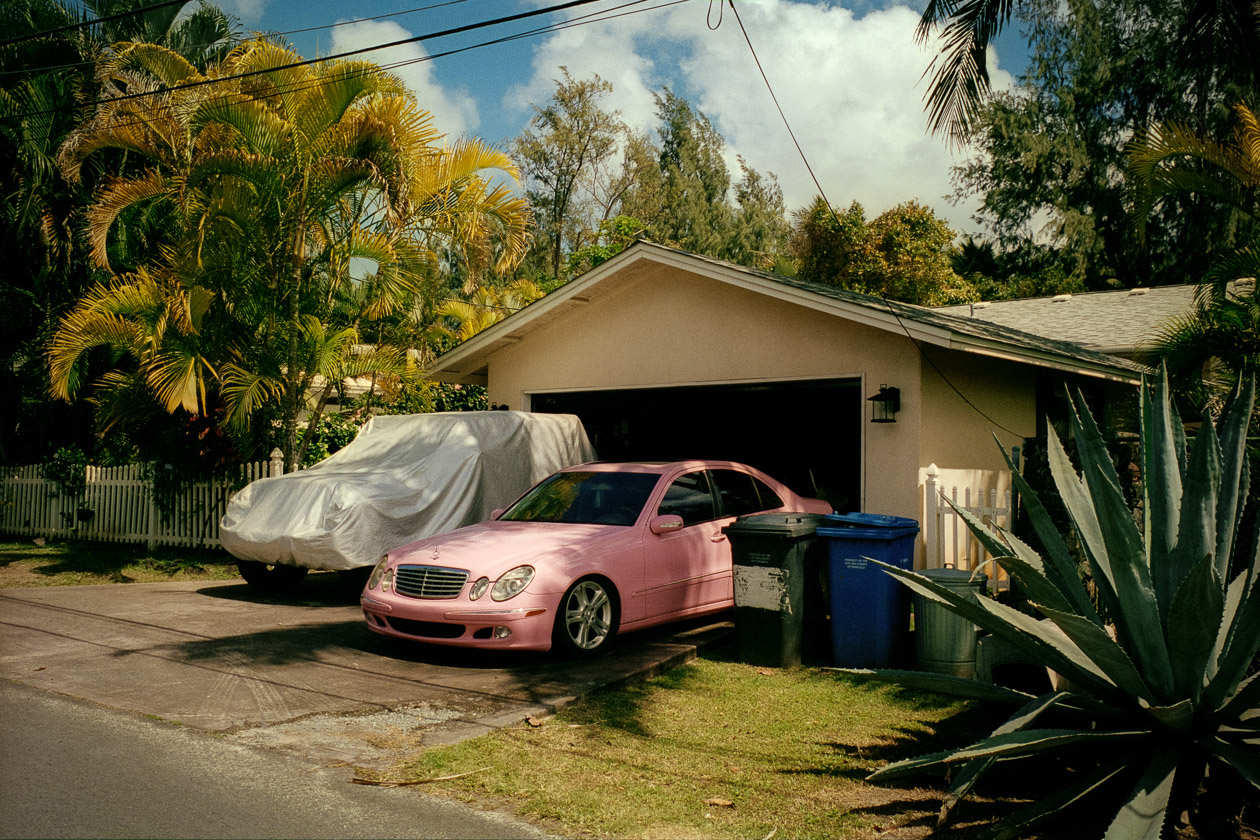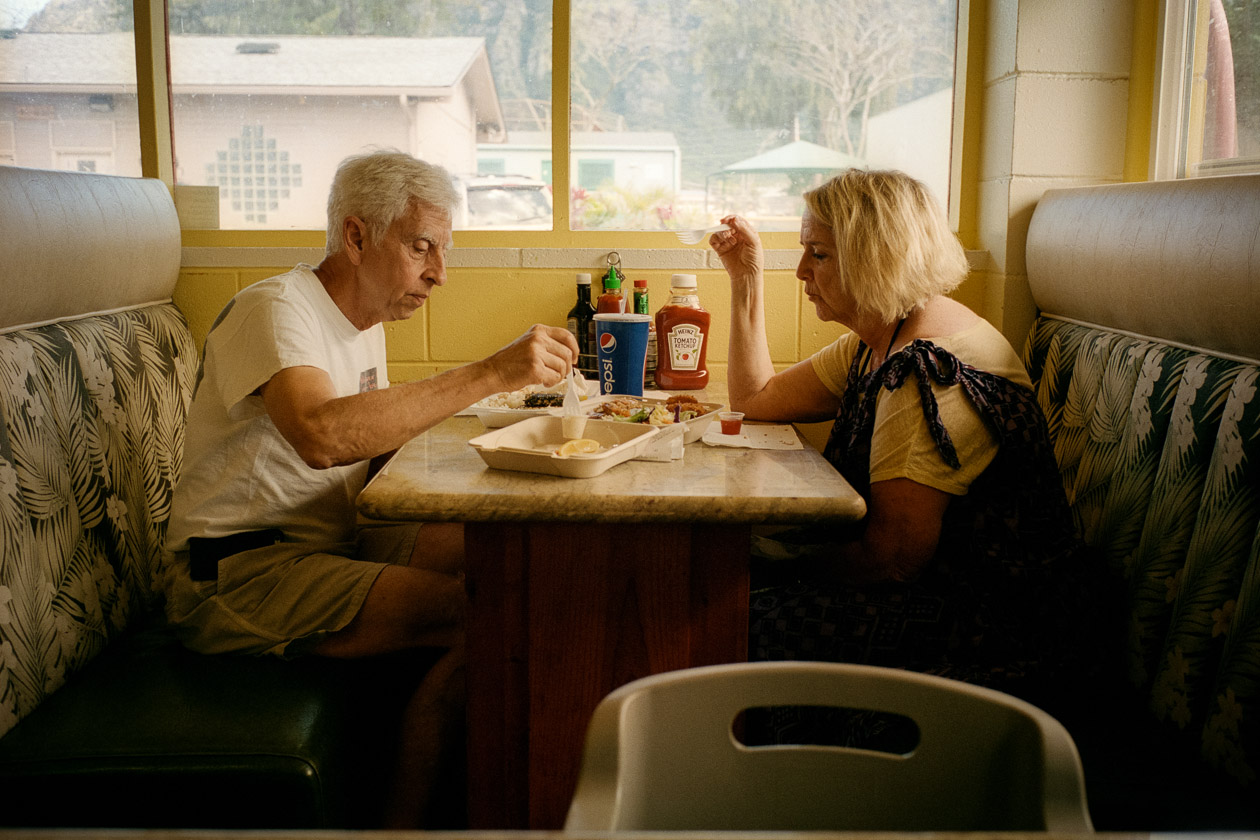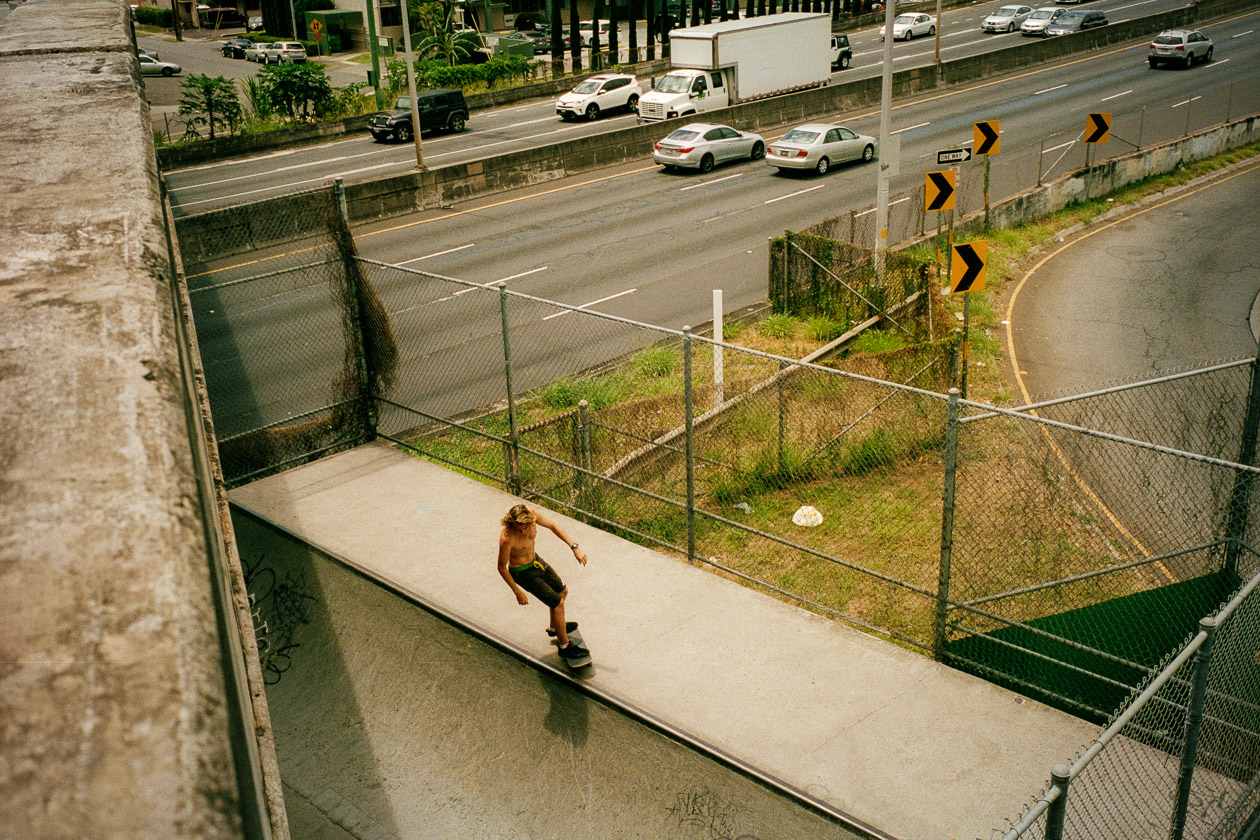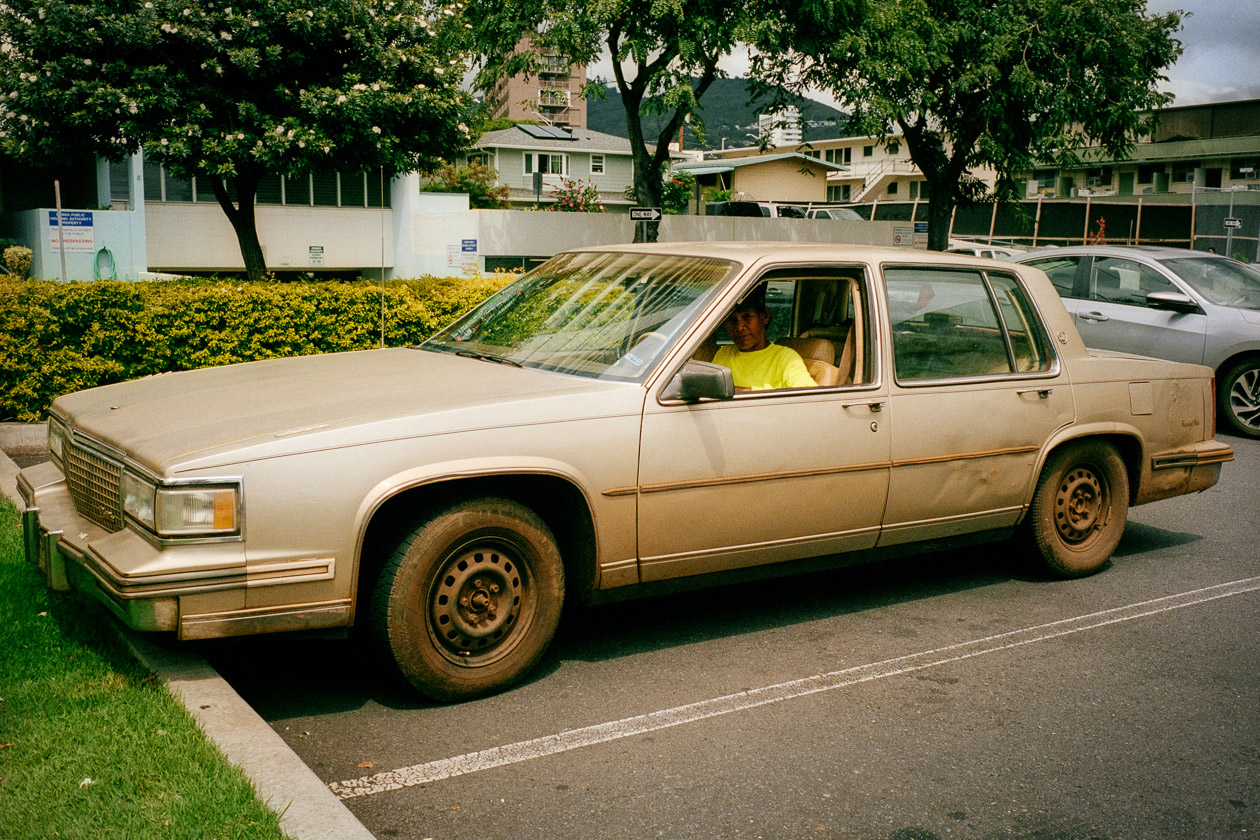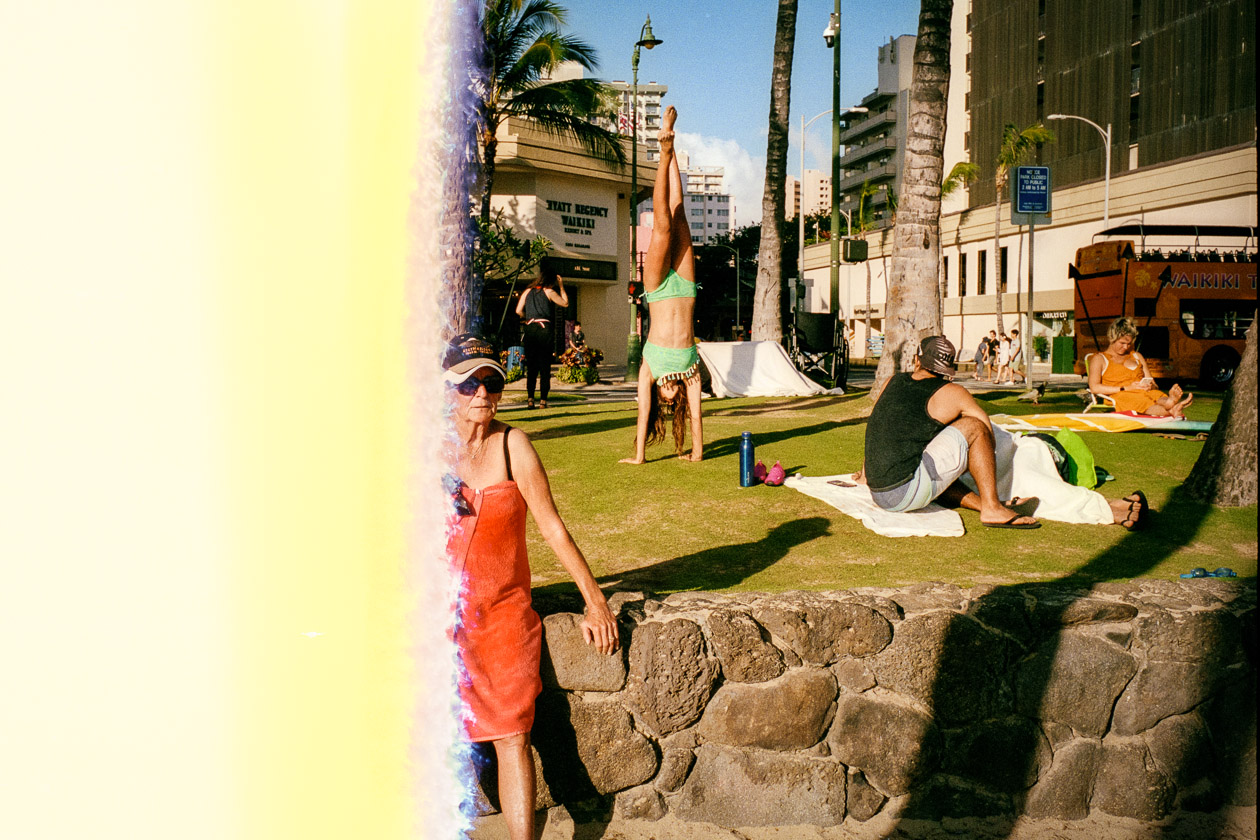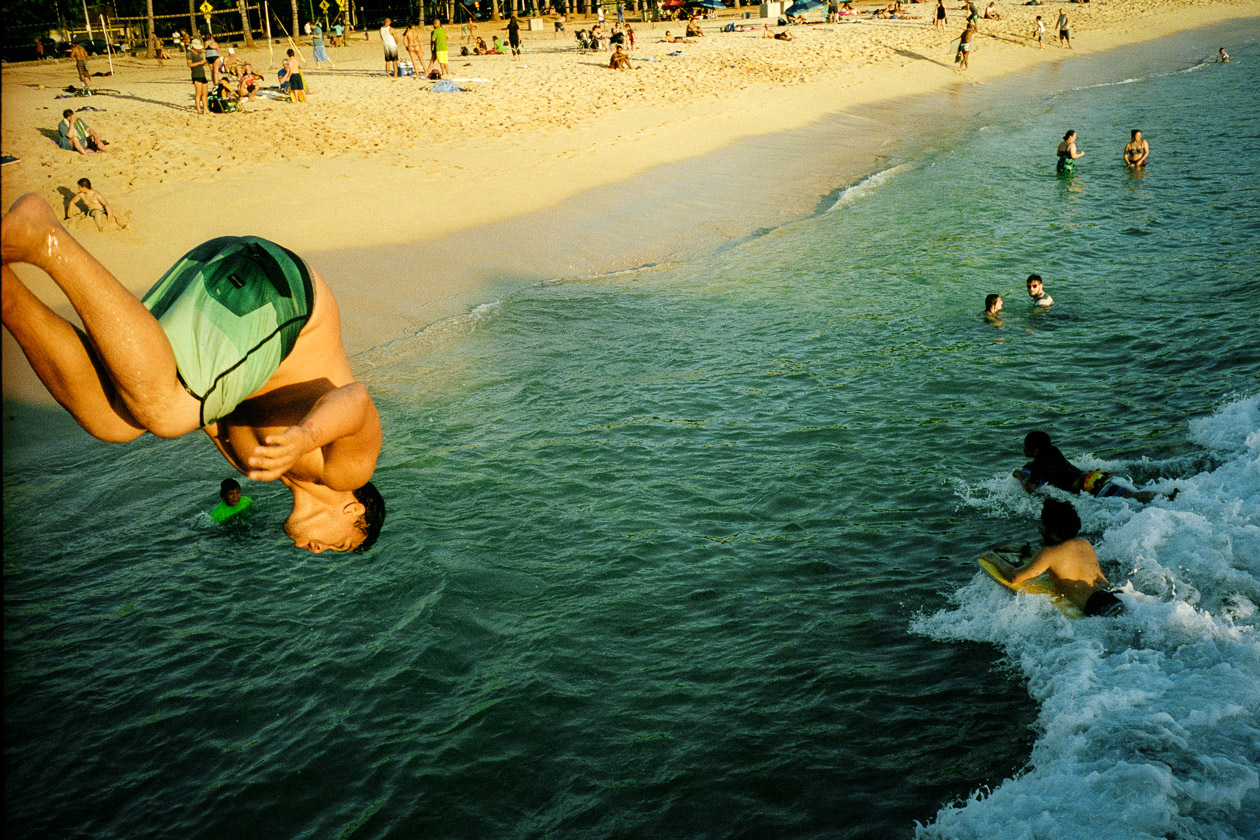My husband and I have always wanted to travel to Japan. When we moved to the West Coast from Virginia, we were that much closer. Yet 6 years went by and we still never visited Japan.
Last summer, we found out that the house we had been renting in Portland, Oregon was sold to a new owner and we had to move out. In Oregon, if you receive a no-cause eviction, the owner has to pay the tenants a moving fee. When we decided to move back to the East Coast, we realized this would be our last chance for a long, long time. So for my 30th birthday, we booked a 10 day trip to Japan using the $3300 in moving costs. It might not have been the most responsible decision, knowing that we had to move across the country too. But I’m not the type of person to allow myself to have regrets in life.
Looking back, it was definitely the right decision, regardless of the fact that it was the most stressful few months of my life. Three days after we got back from Japan, we had to pack up our house and drive 3,000 miles back to Virginia.
As a full-time photographer, I had to bring at least 10 cameras with me on our trip to Japan. But the only camera that truly means something to me is the Holga - a toy camera manufactured in China. If I had to choose one camera to use for the rest of my life, it would be this one. And while I take a million photos with other cameras on my trips, the Holga photos always end up being my favorite.
At one point, I dropped my Holga in a river in Kyoto and my husband had to jump in and get it for me. The camera was soaked inside and out, but I continued to shoot the roll, hoping for the best. It ended up adding a dreamy, foggy effect to the images on that roll of film.
I’ve been obsessed with the Holga for 10 years so naturally; I’ve grown bored of taking straightforward photos with it. I’ve collected various filters, prisms and fabrics over the years to make the images more unique. And after my first accidental double exposure, I started using multiple exposures to add another layer of interest to the photos.
The Holga is known for the dreamy, vignette it adds to images. Most of my photos end up being self-portraits or photos of my husband, Chris. My work is often described as lonely or surreal because I tend to use single figures in an empty setting. As a person with anxiety and OCD, it’s easy to feel alone and fearful in any situation. I use photography to express that loneliness and to conquer my fears of travel and being in new places. It’s an interesting juxtaposition – as an anxious, obsessive person, I’m absolutely terrified of new places and new experiences, but as a photographer, new places and new experiences are exactly what I crave. In this way, photography forces me to live my life to the fullest and not allow my anxiety to control my life.
Even though I was photographing every second I had on the trip, I still feel like I didn’t take enough photos. I guess that means I need to go back!



